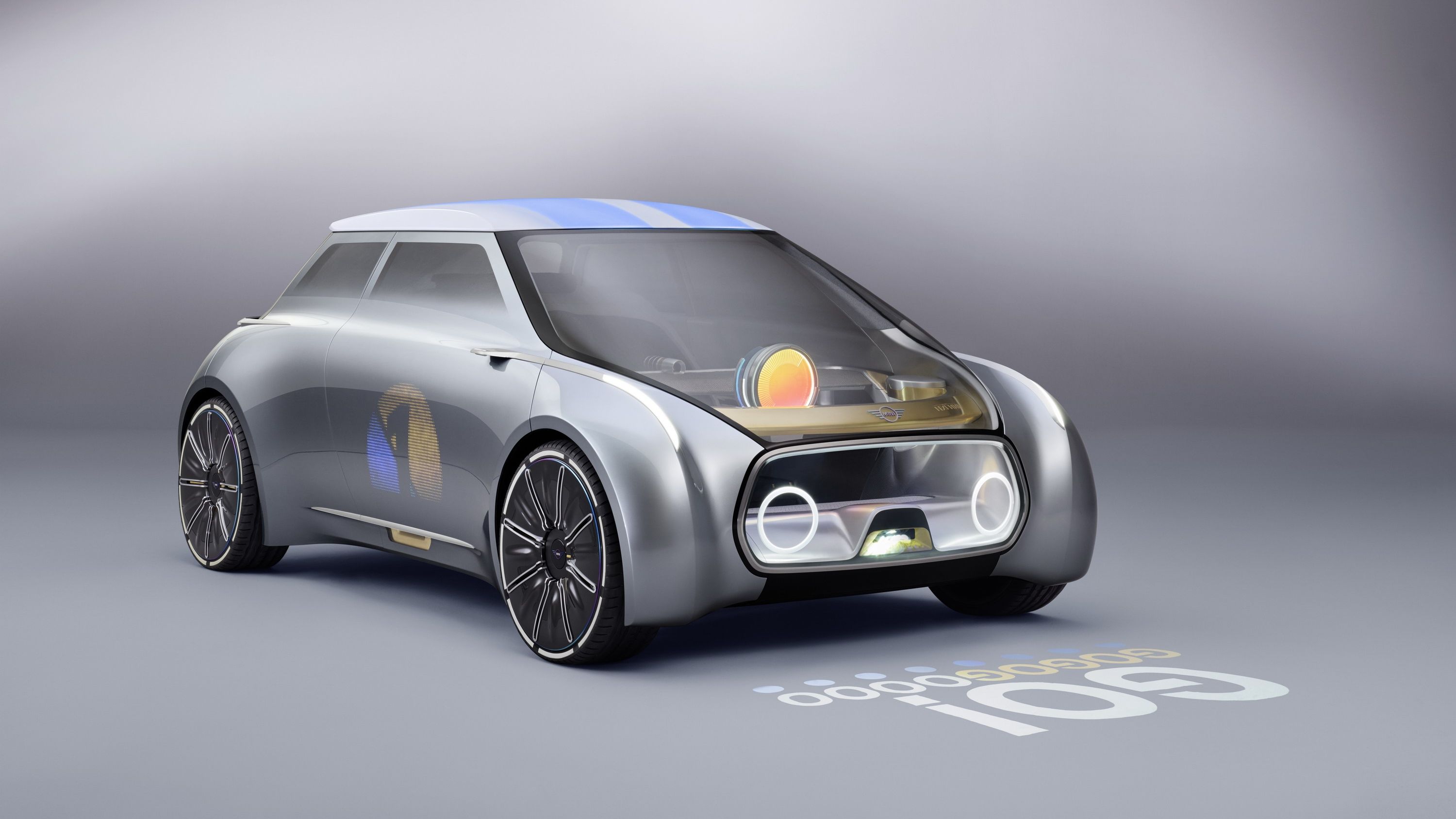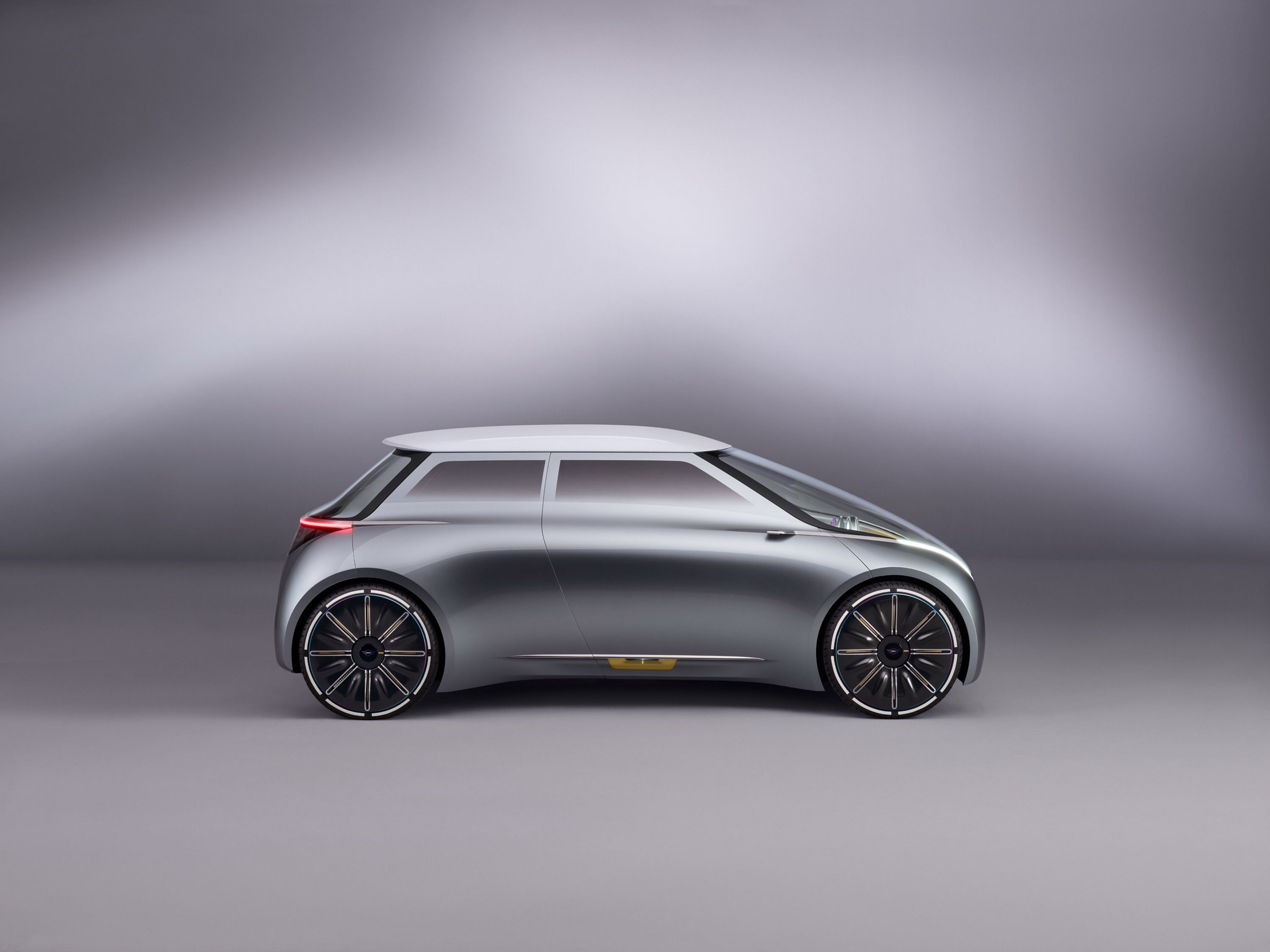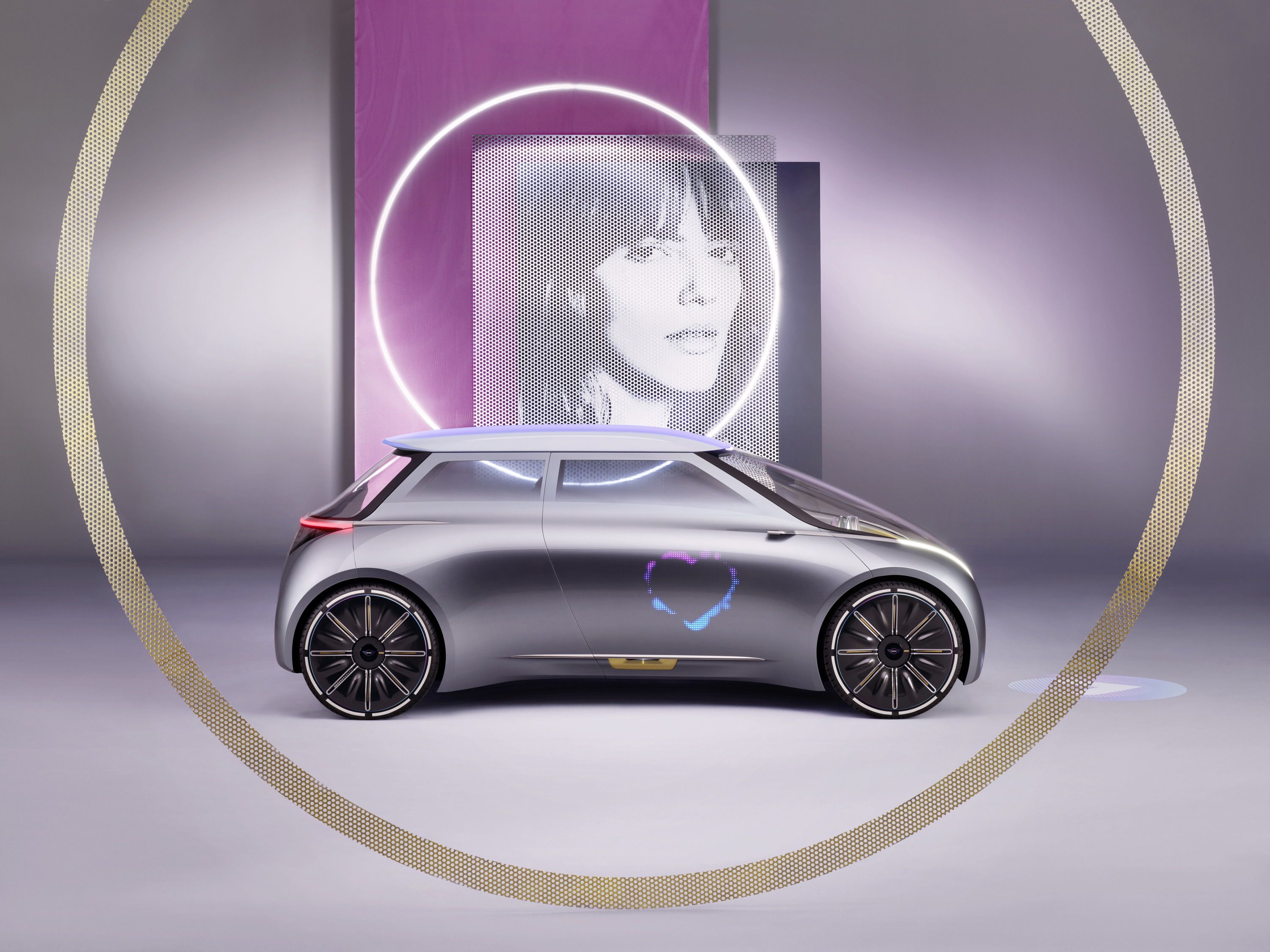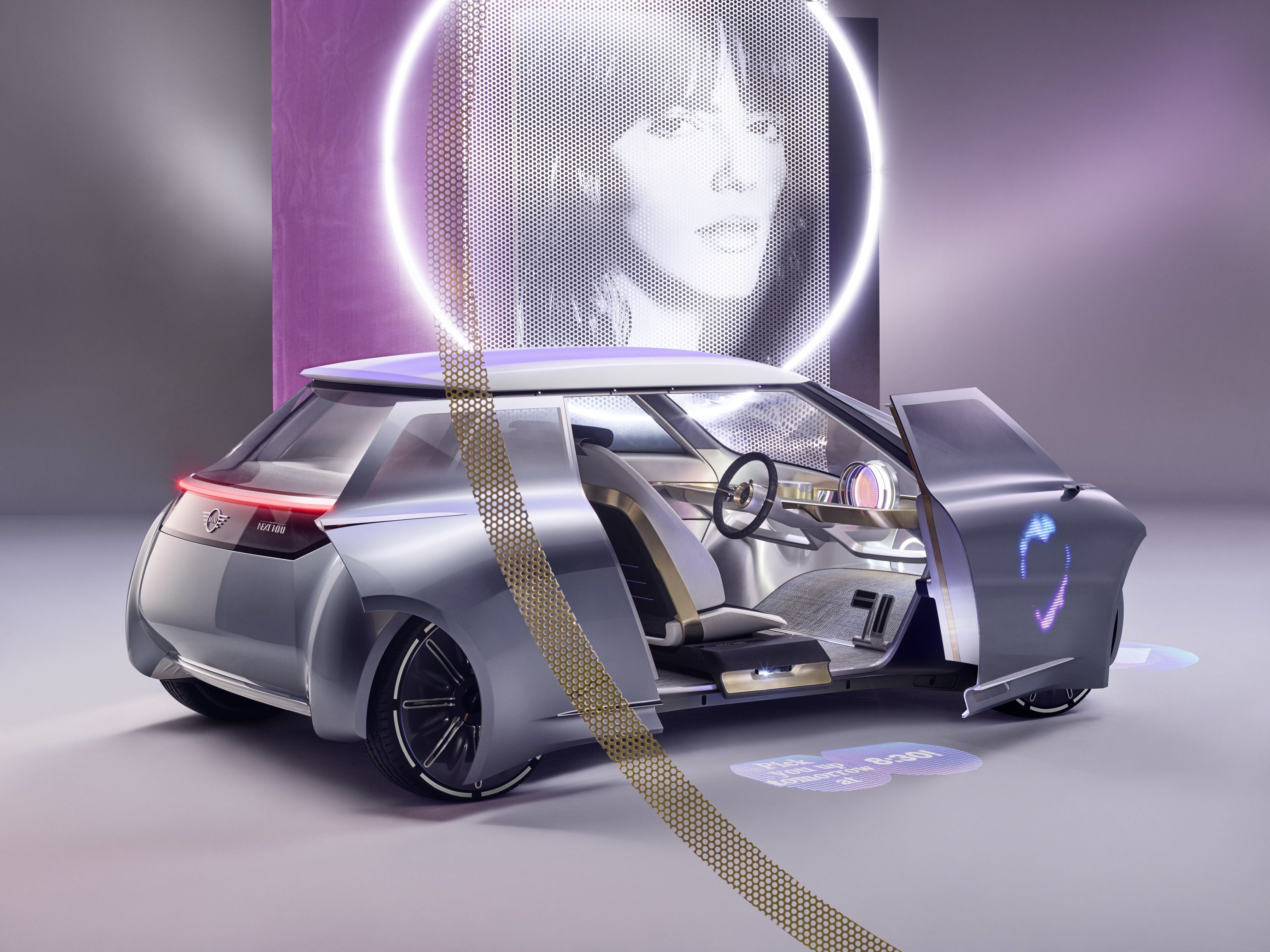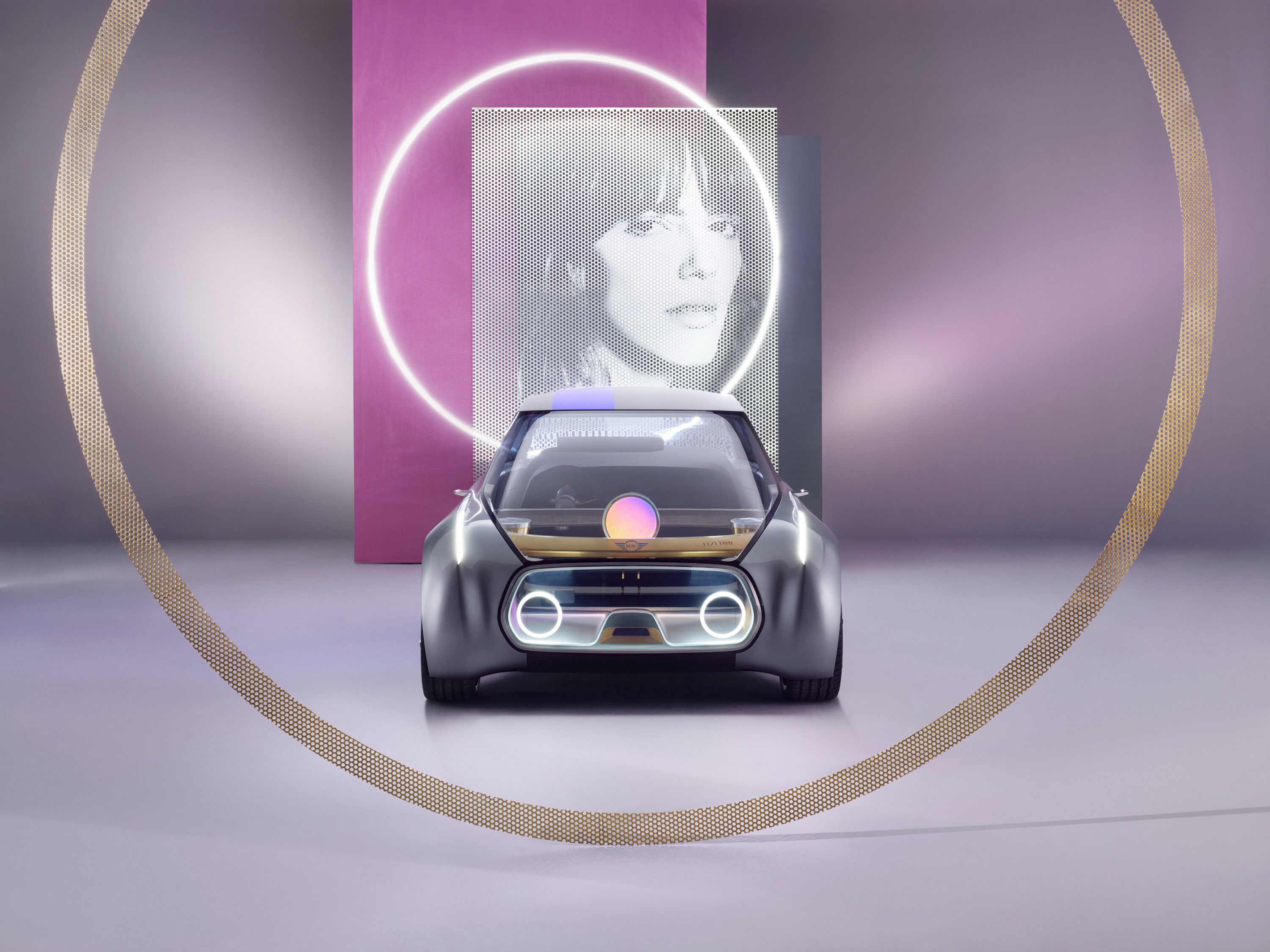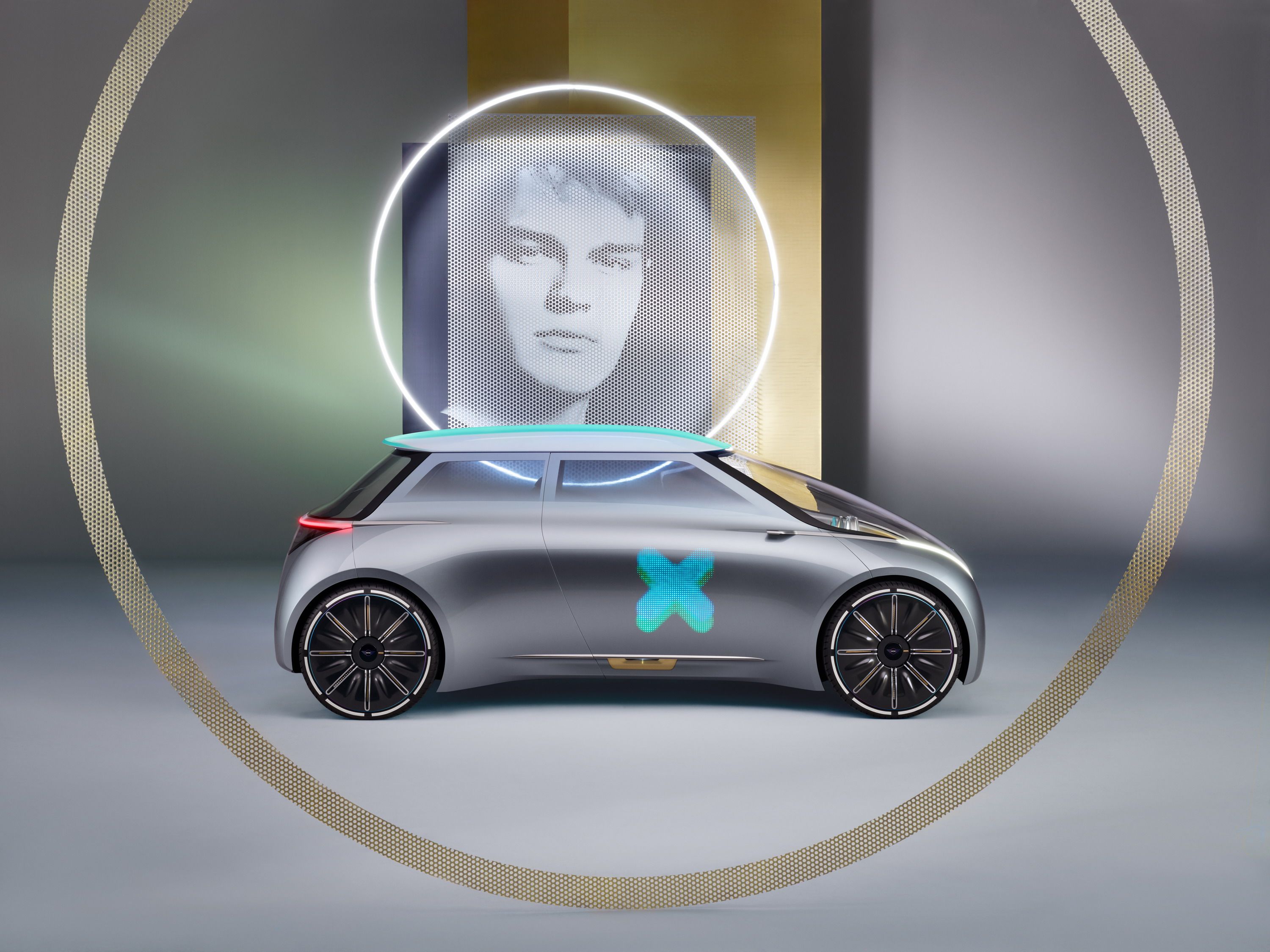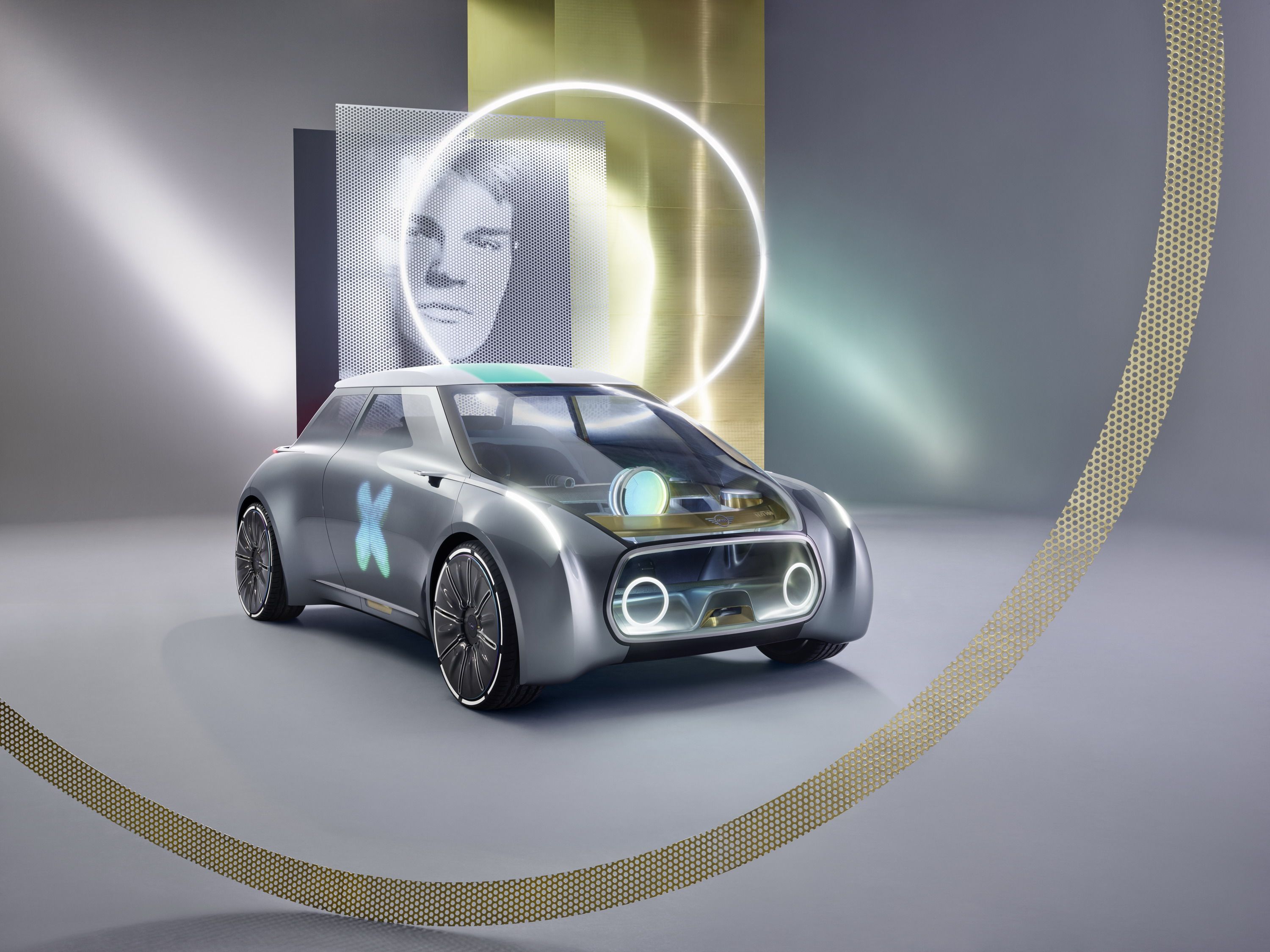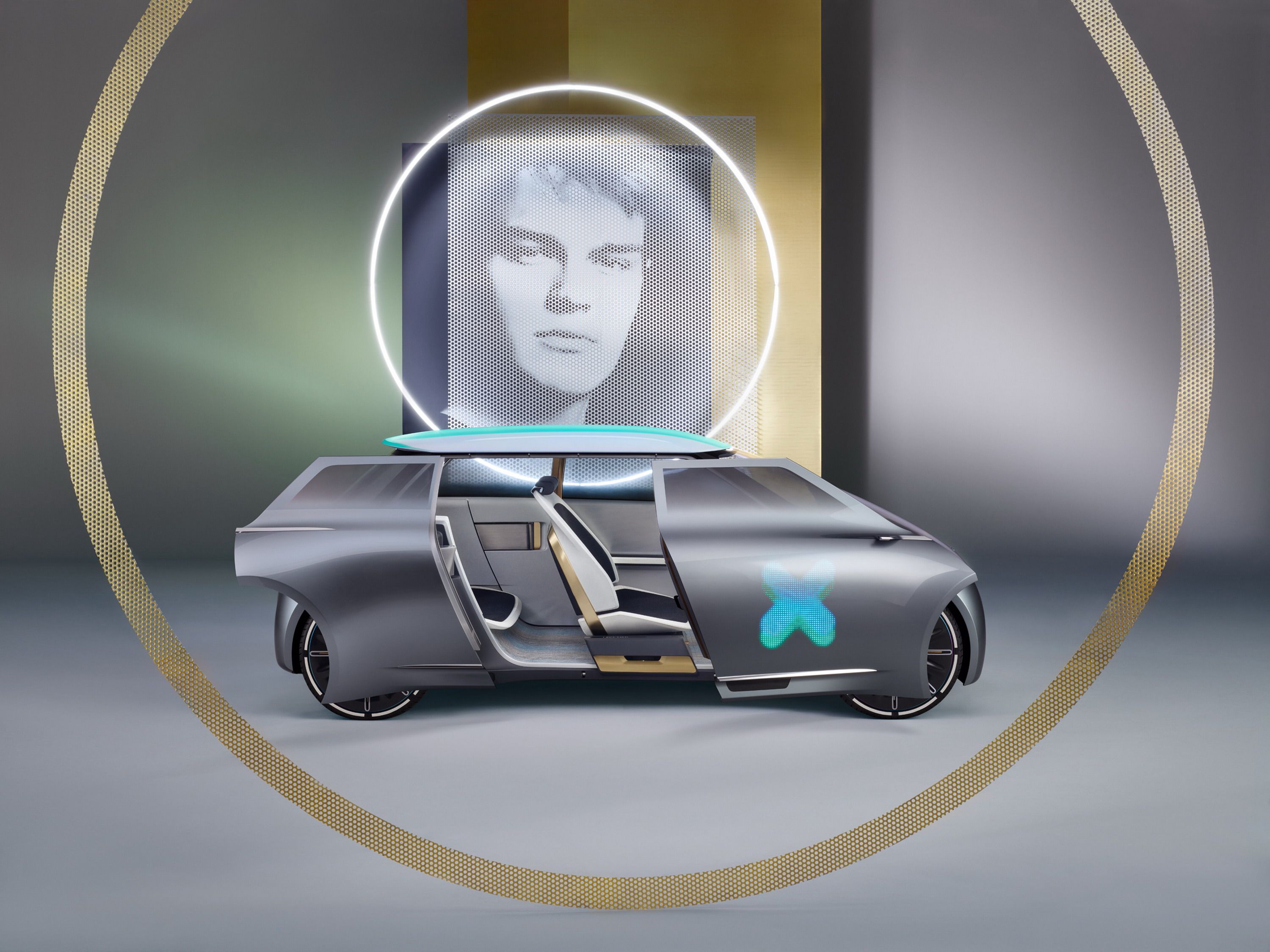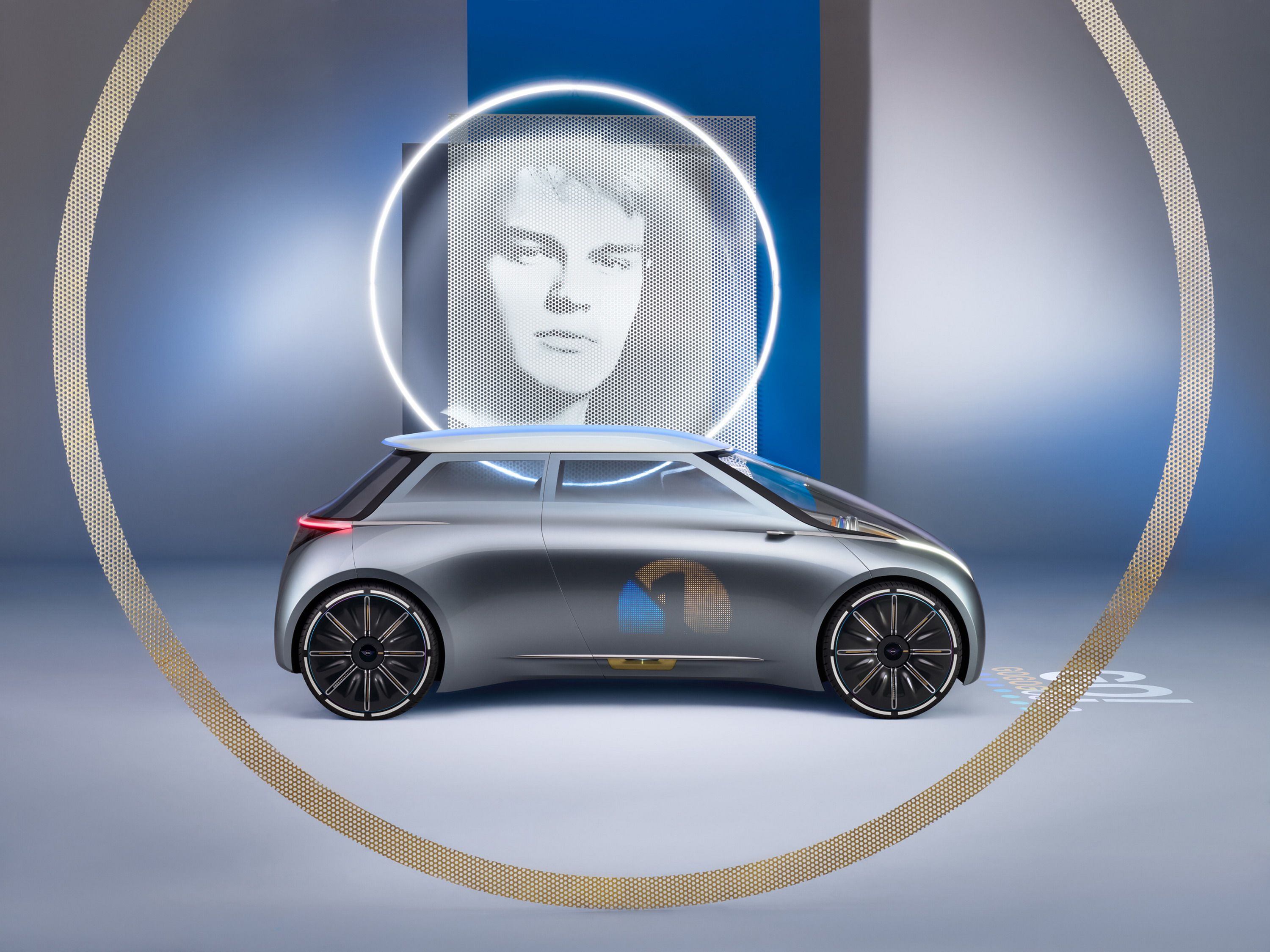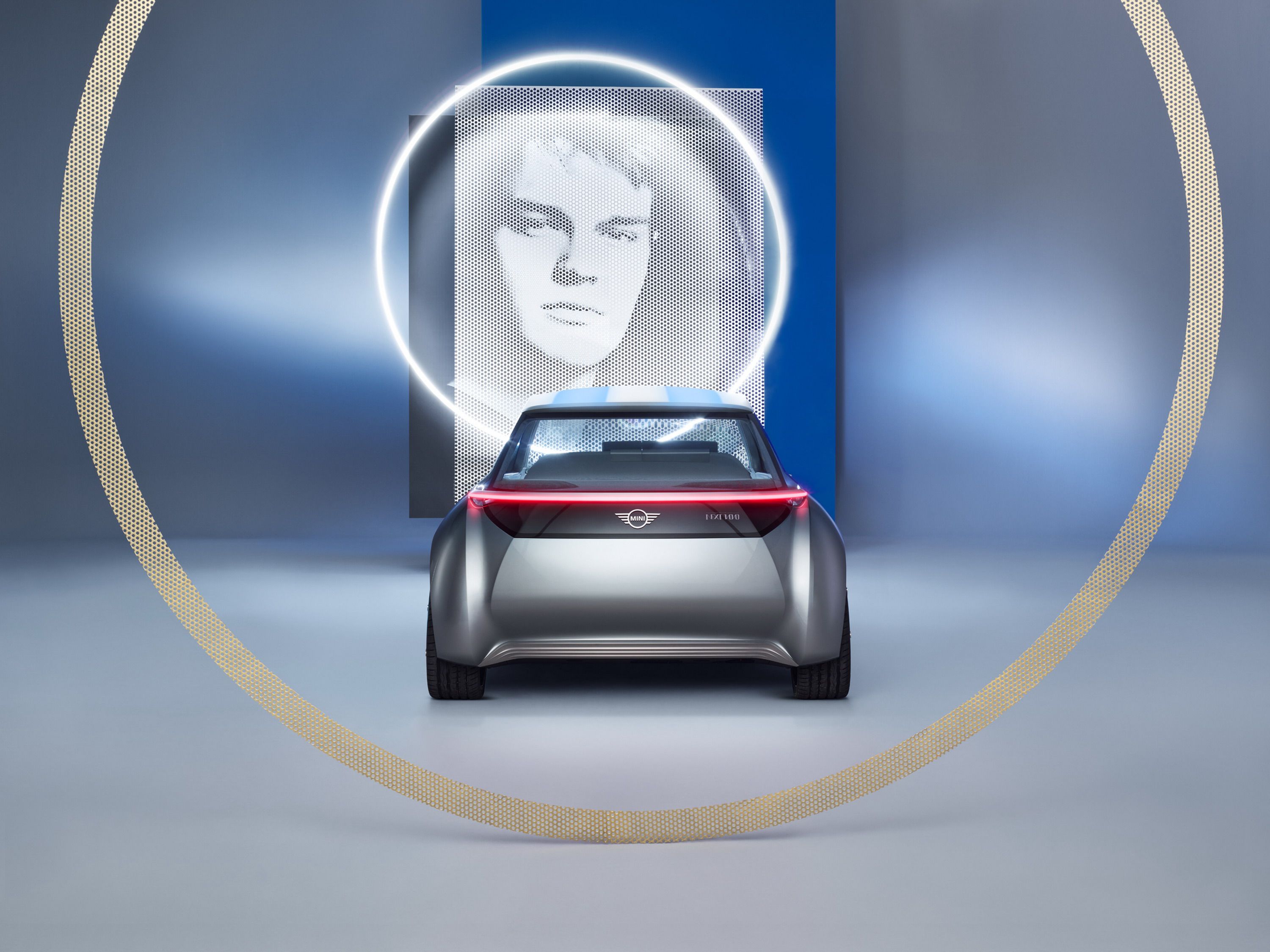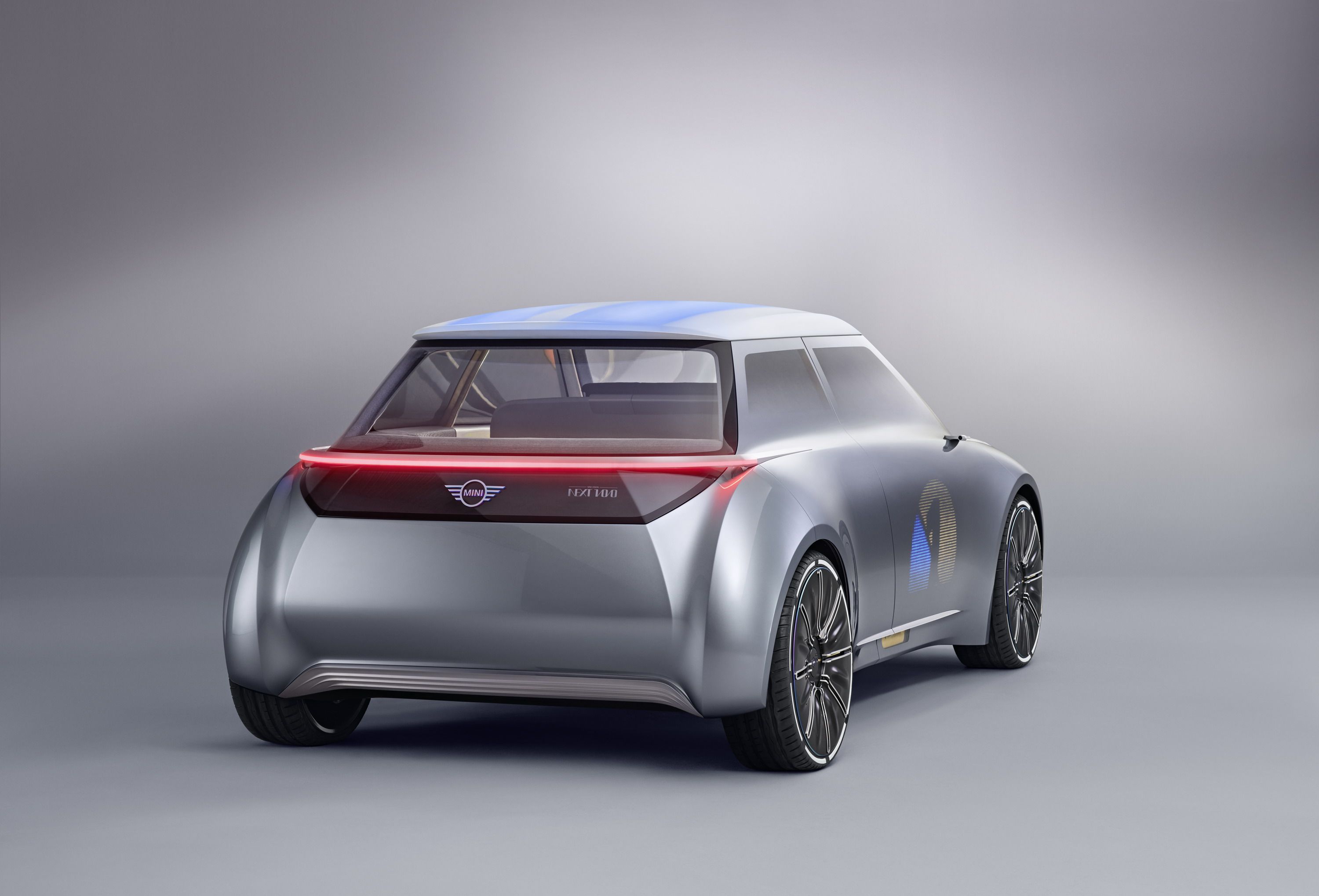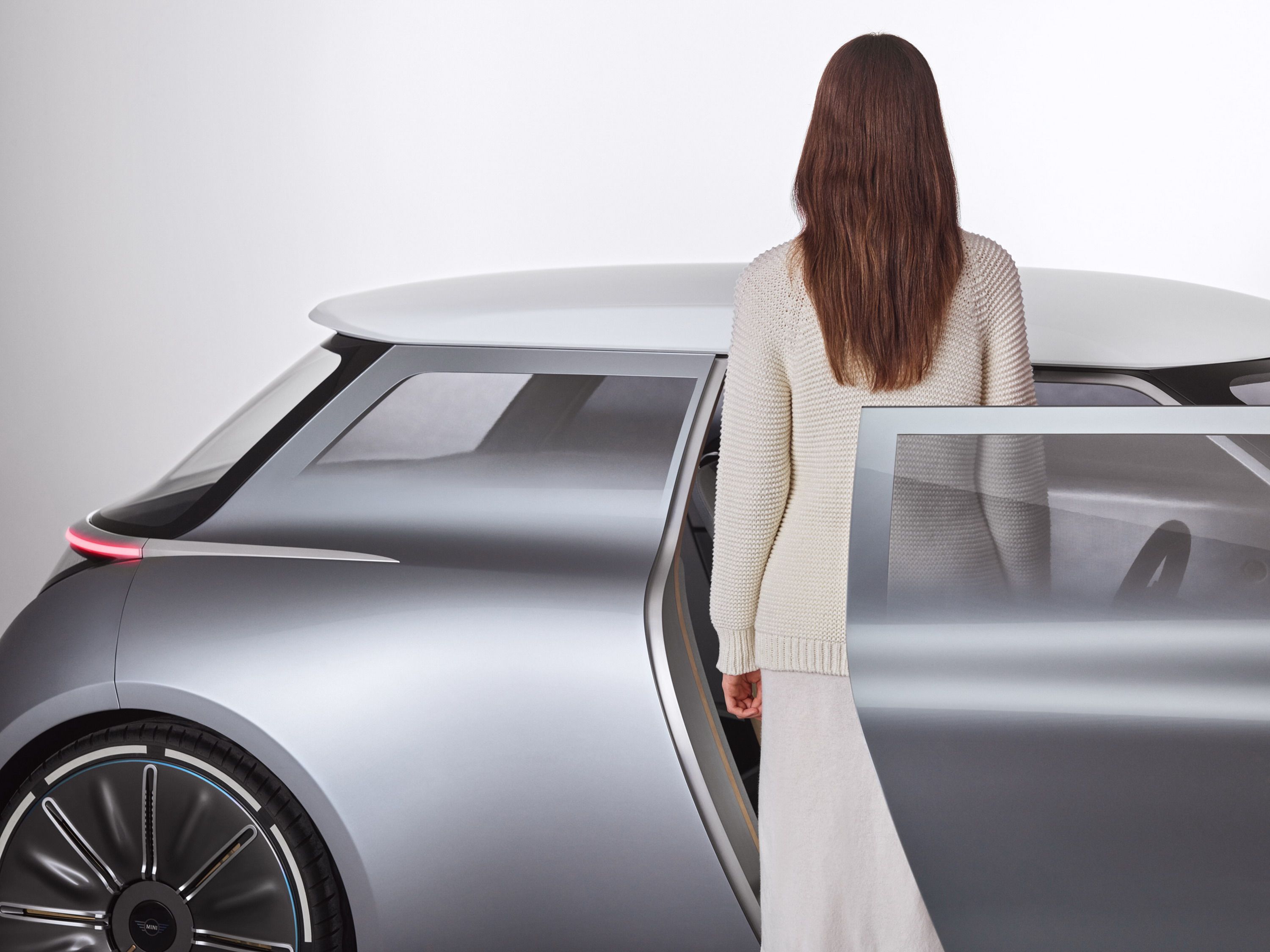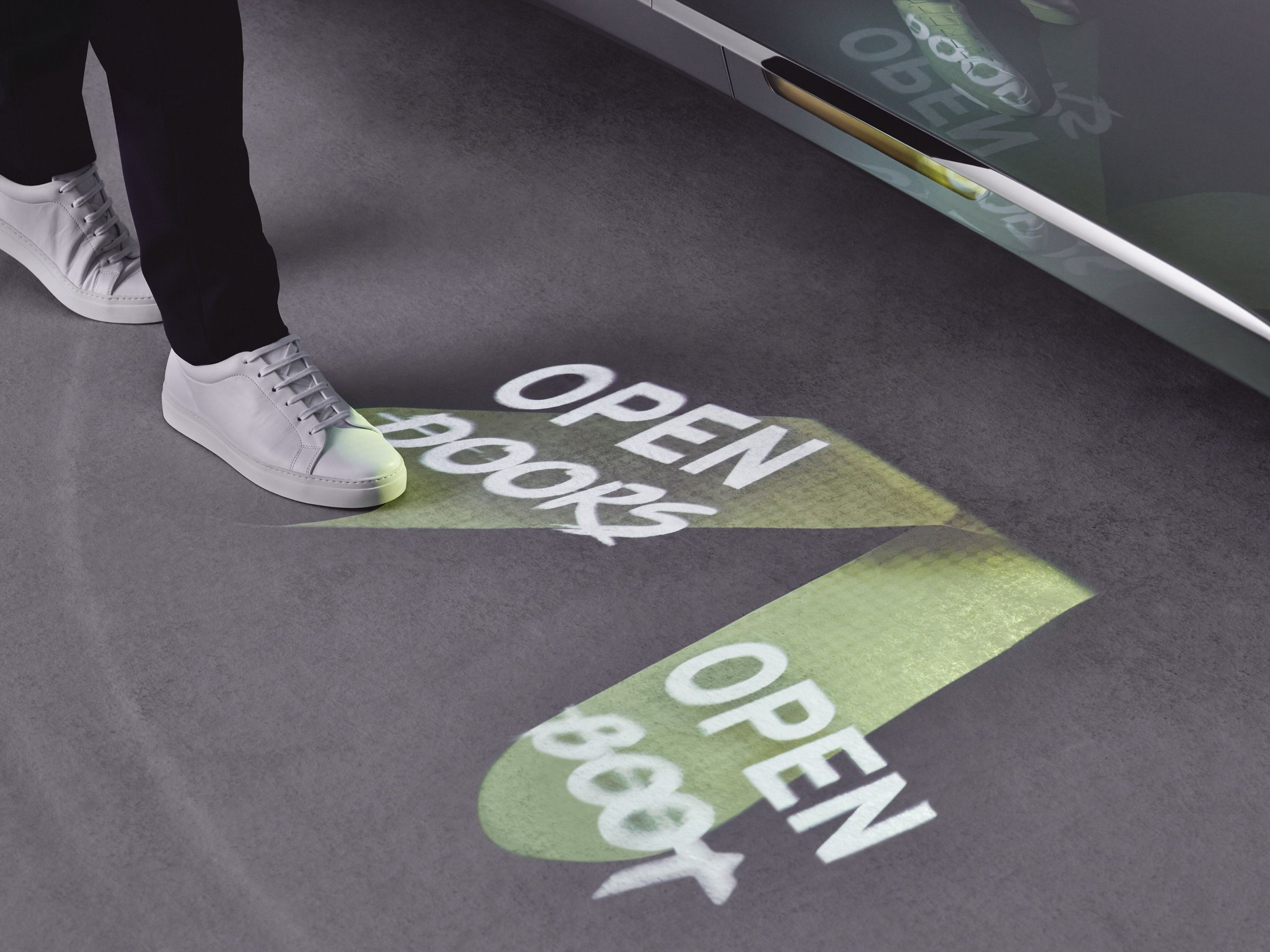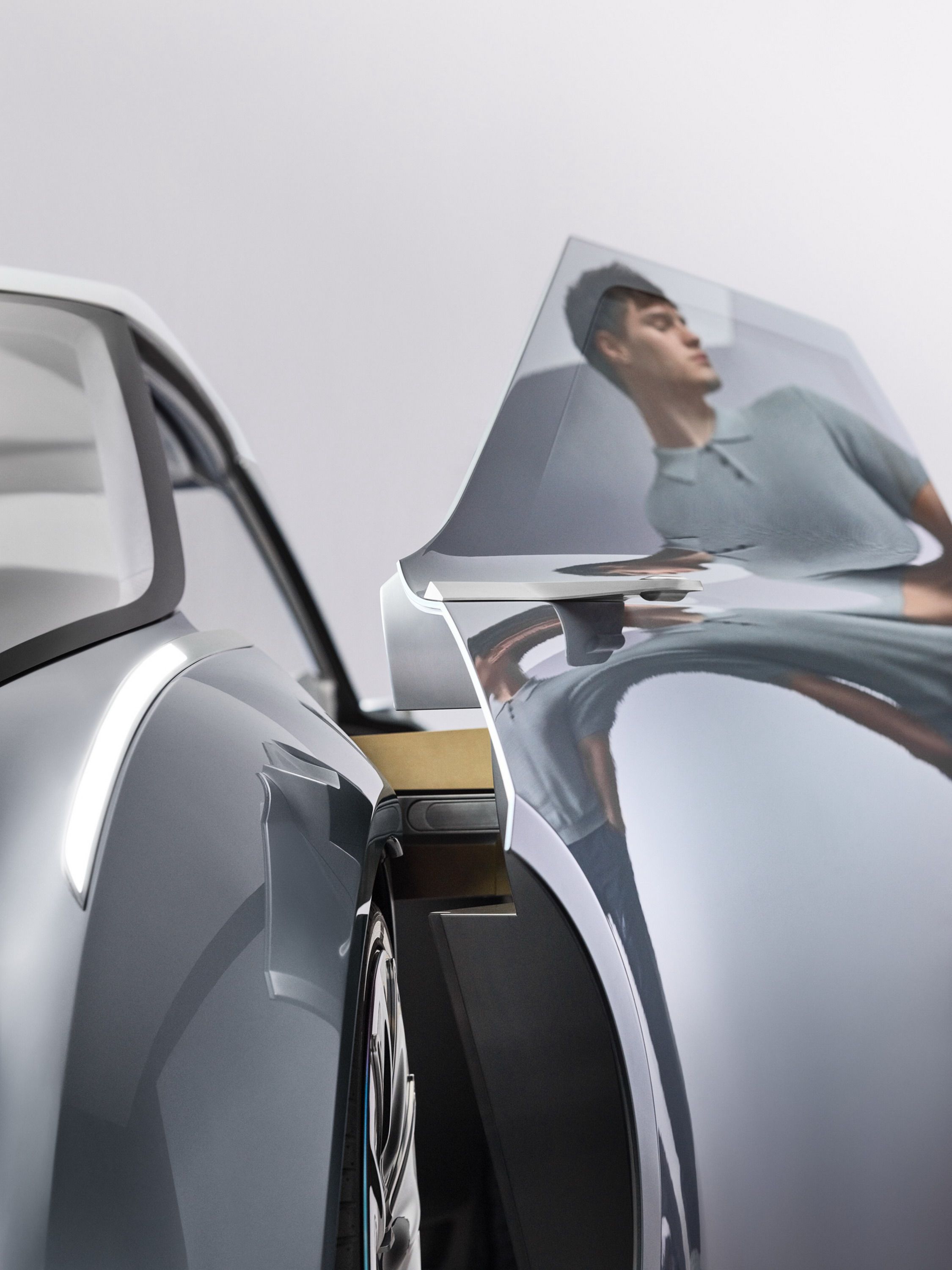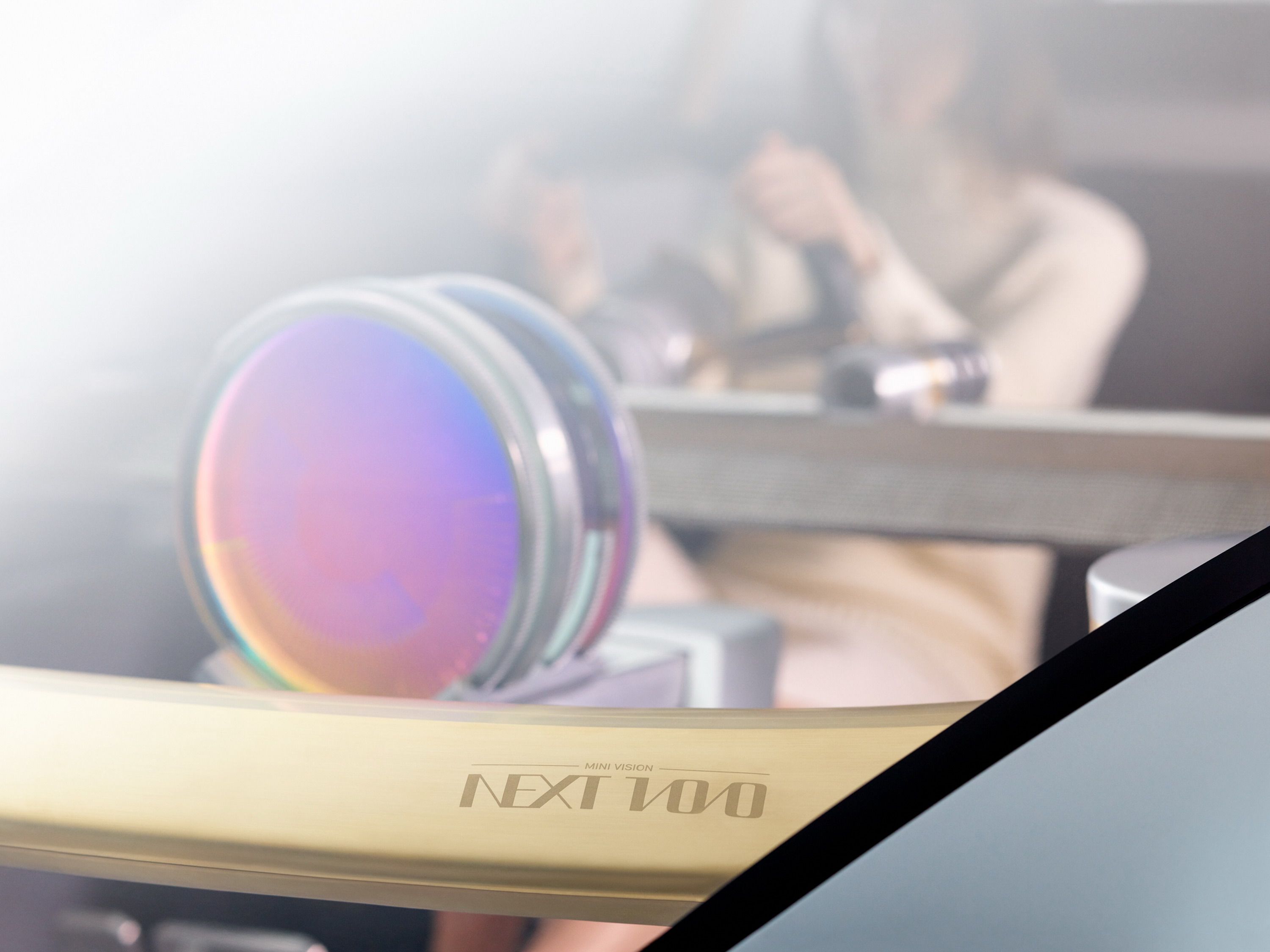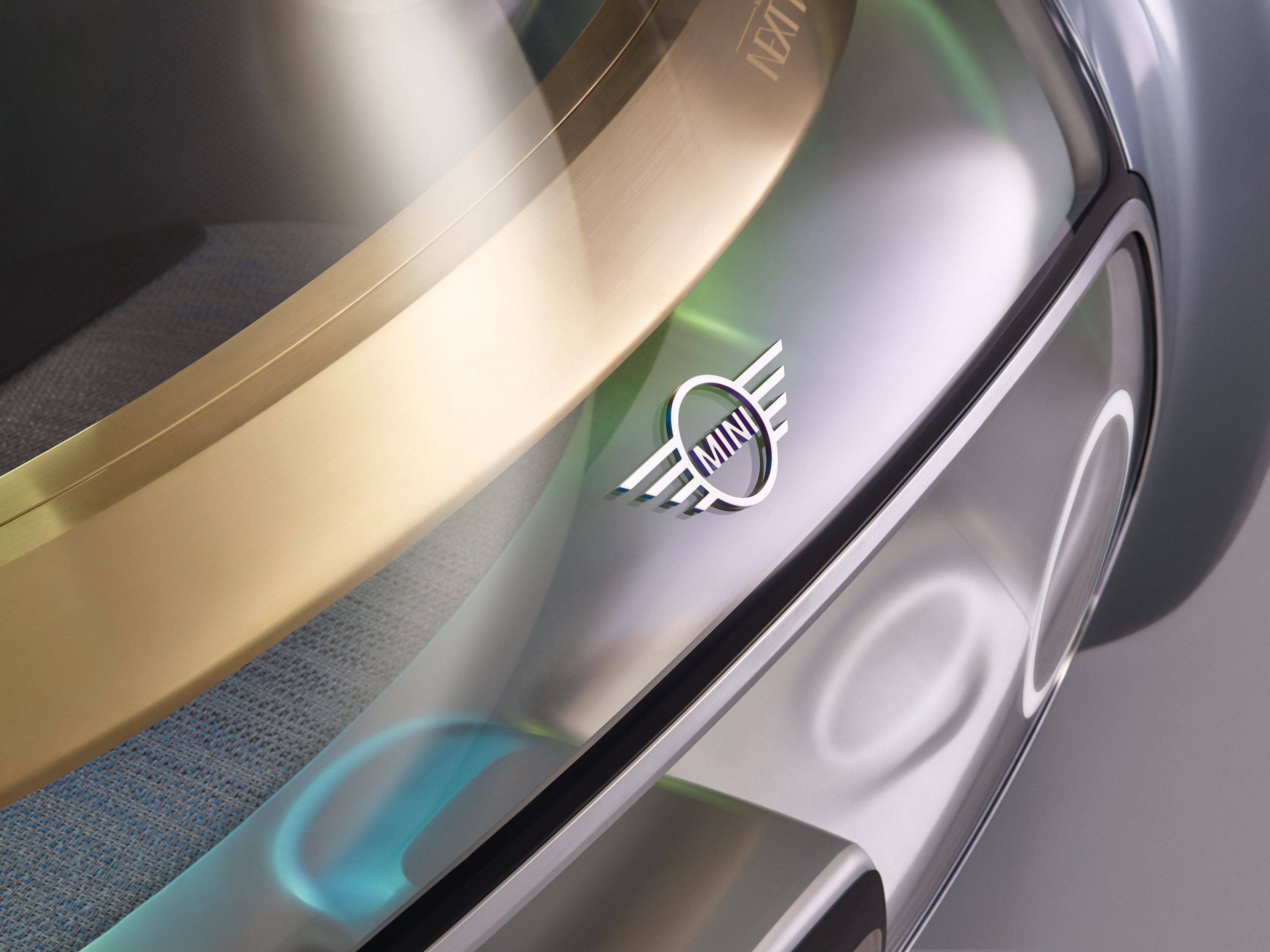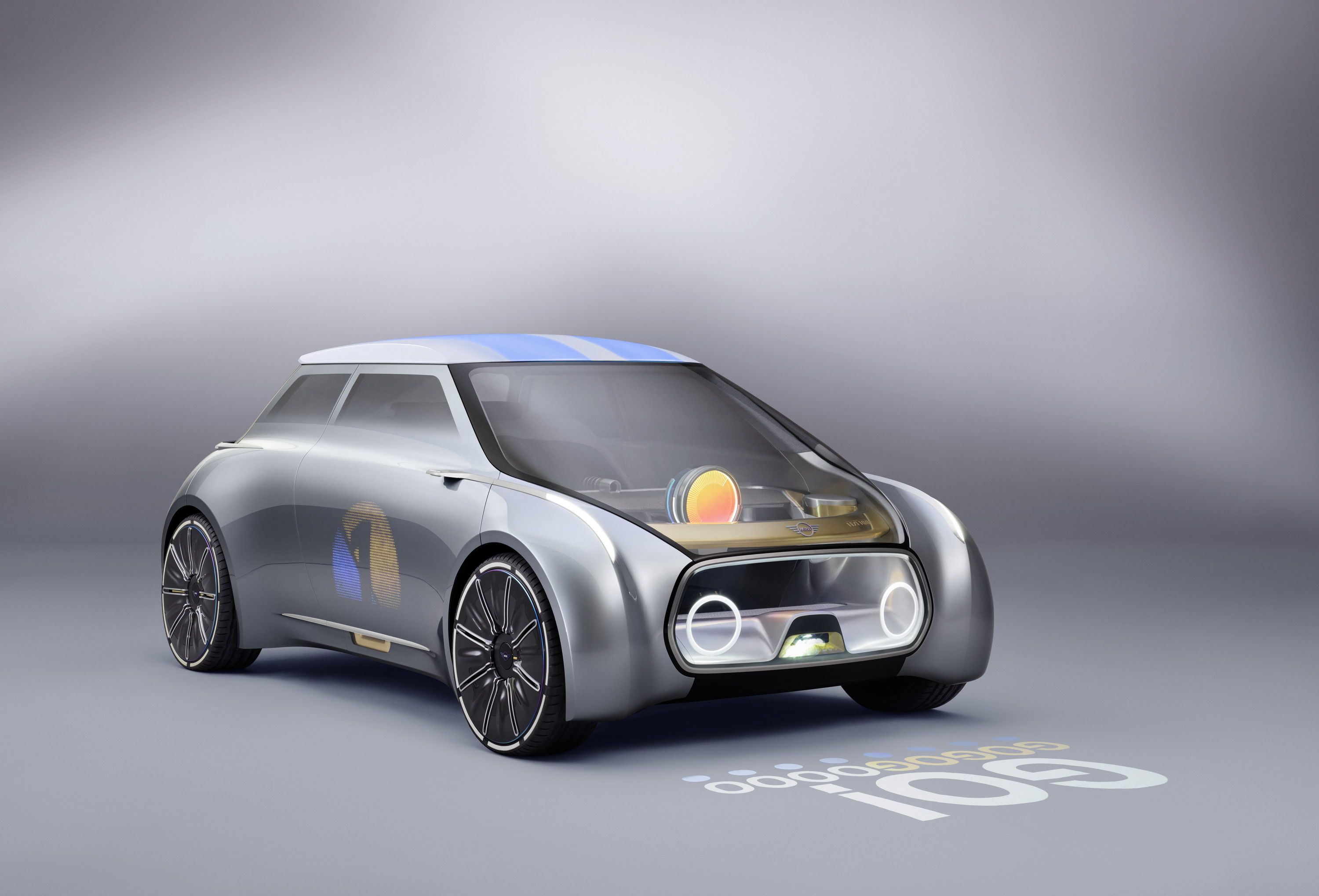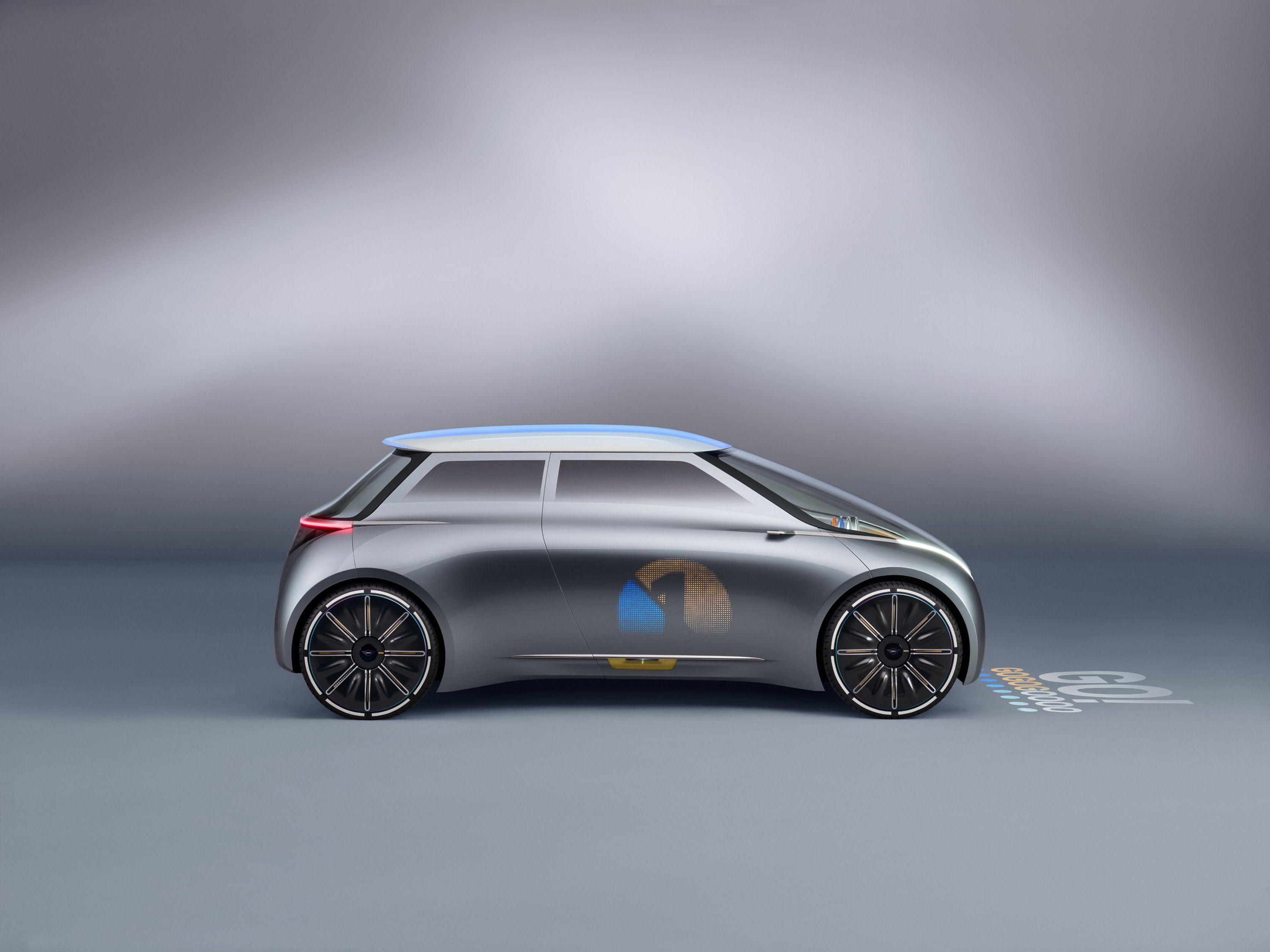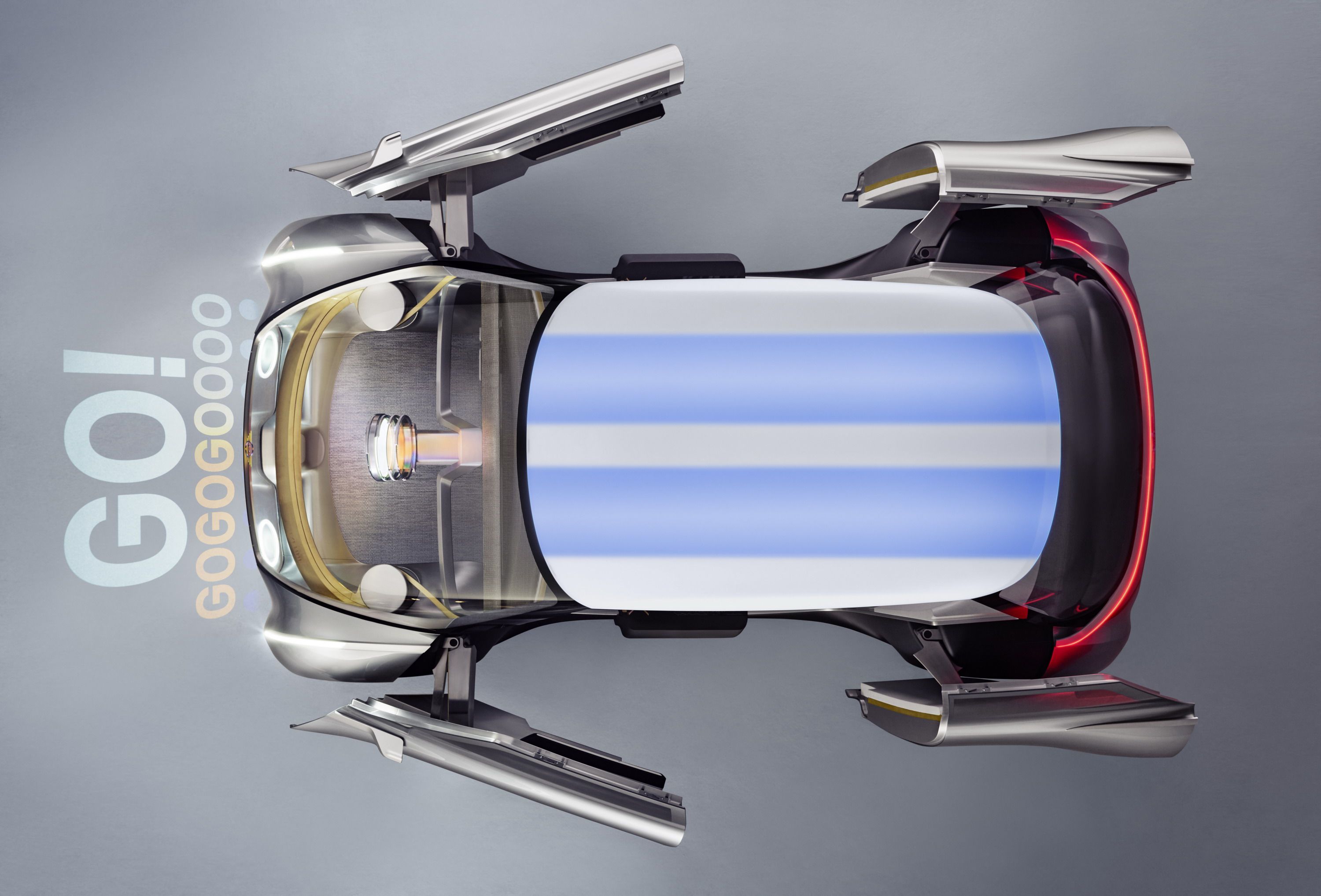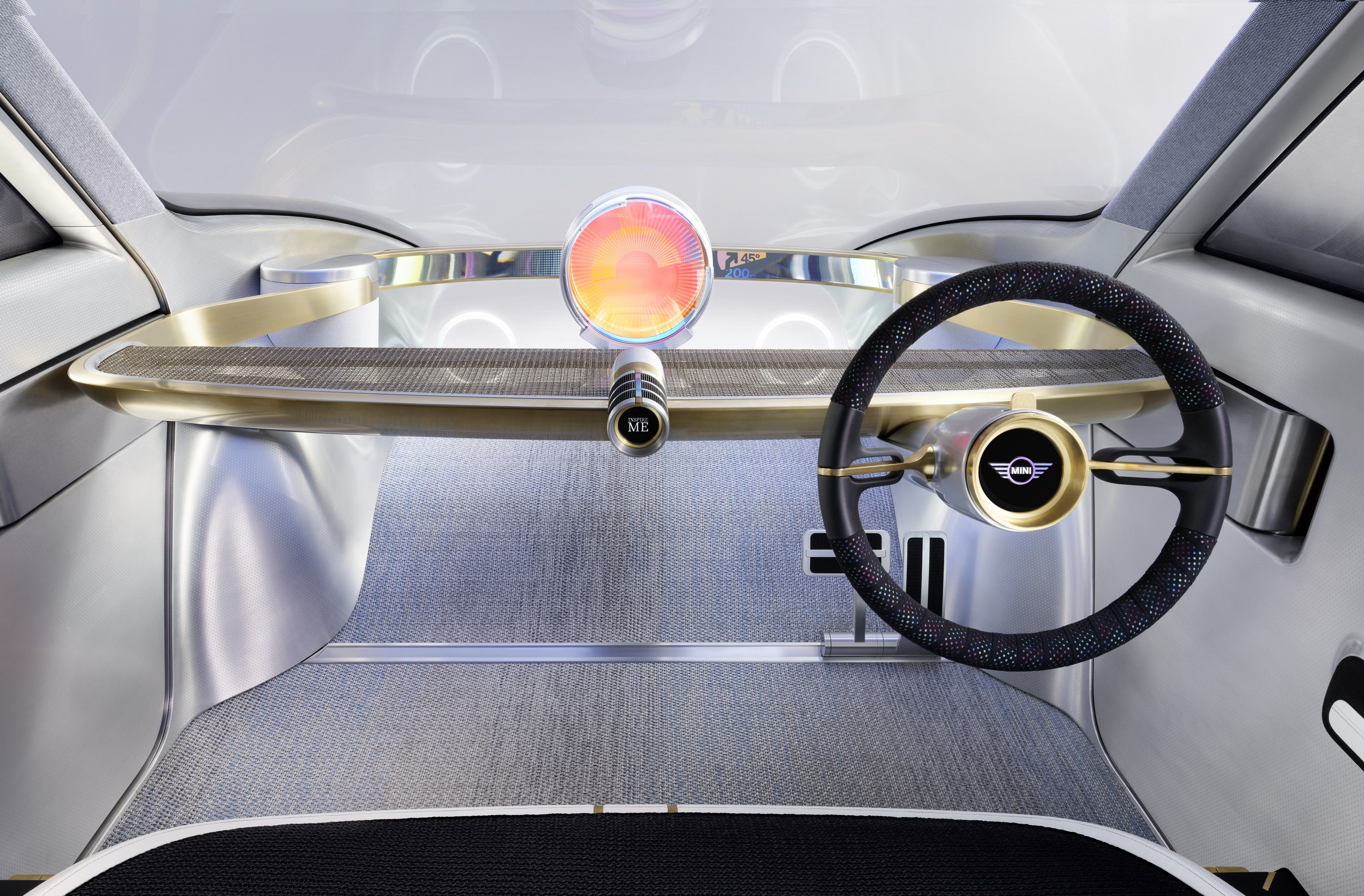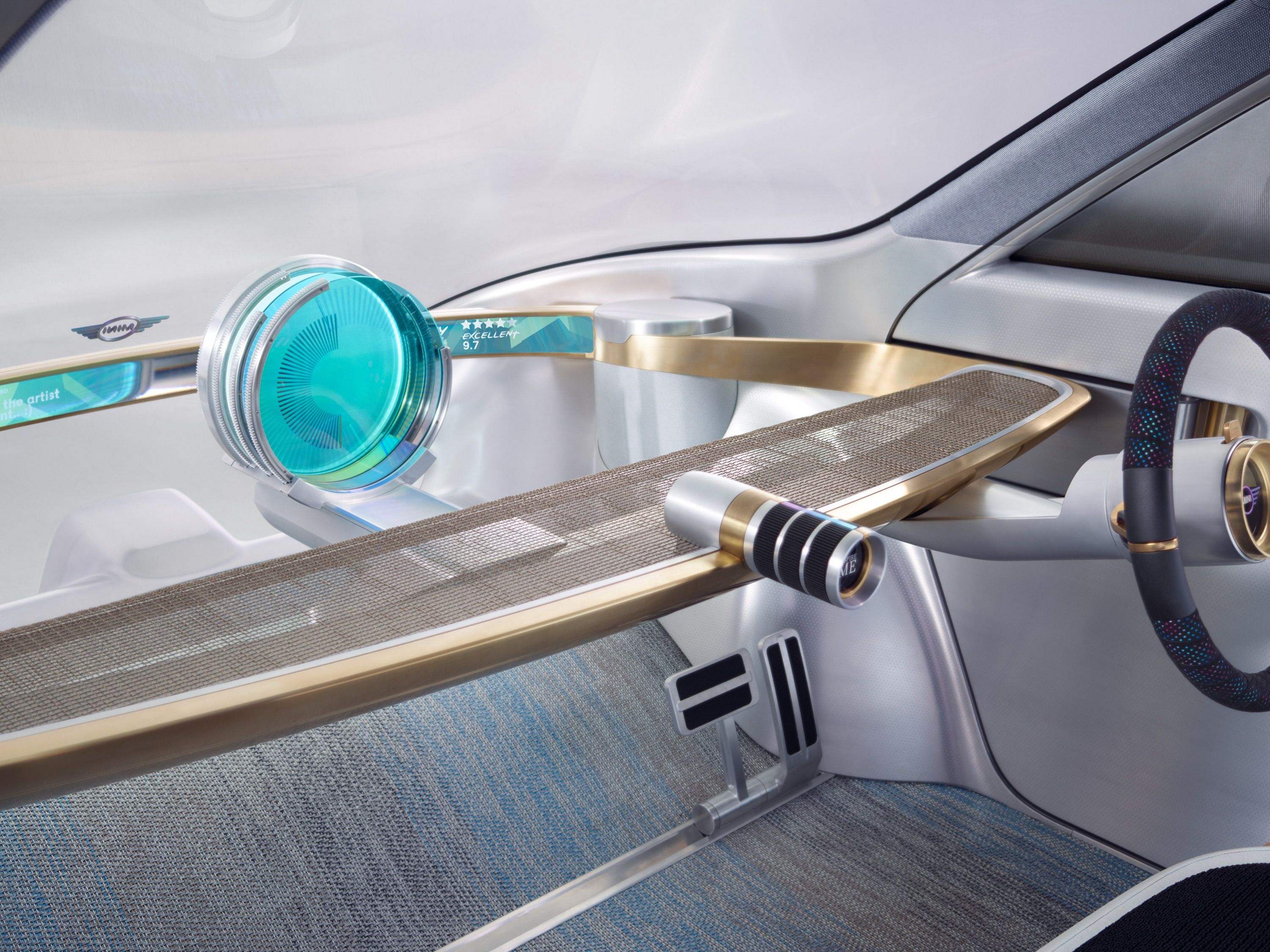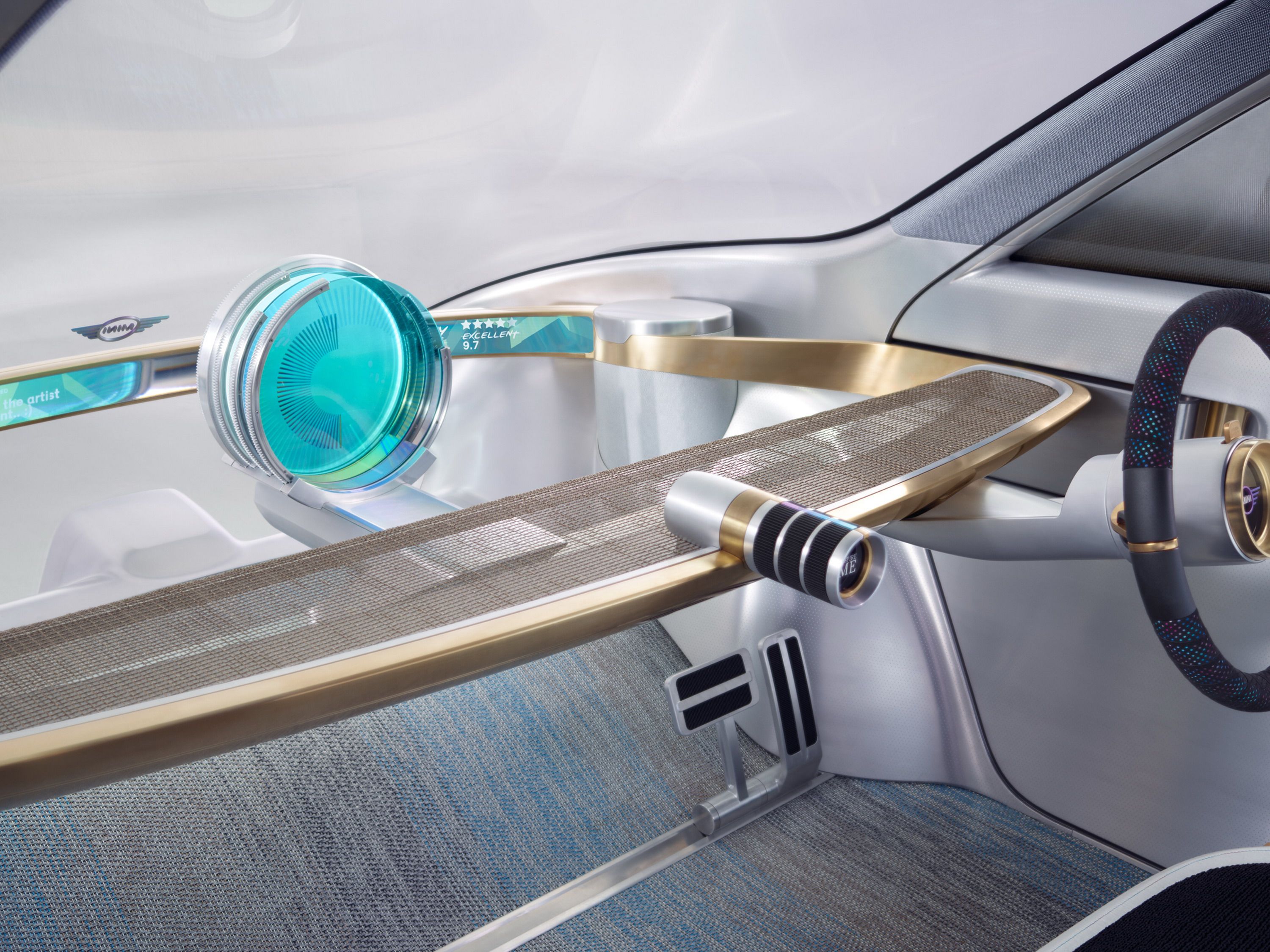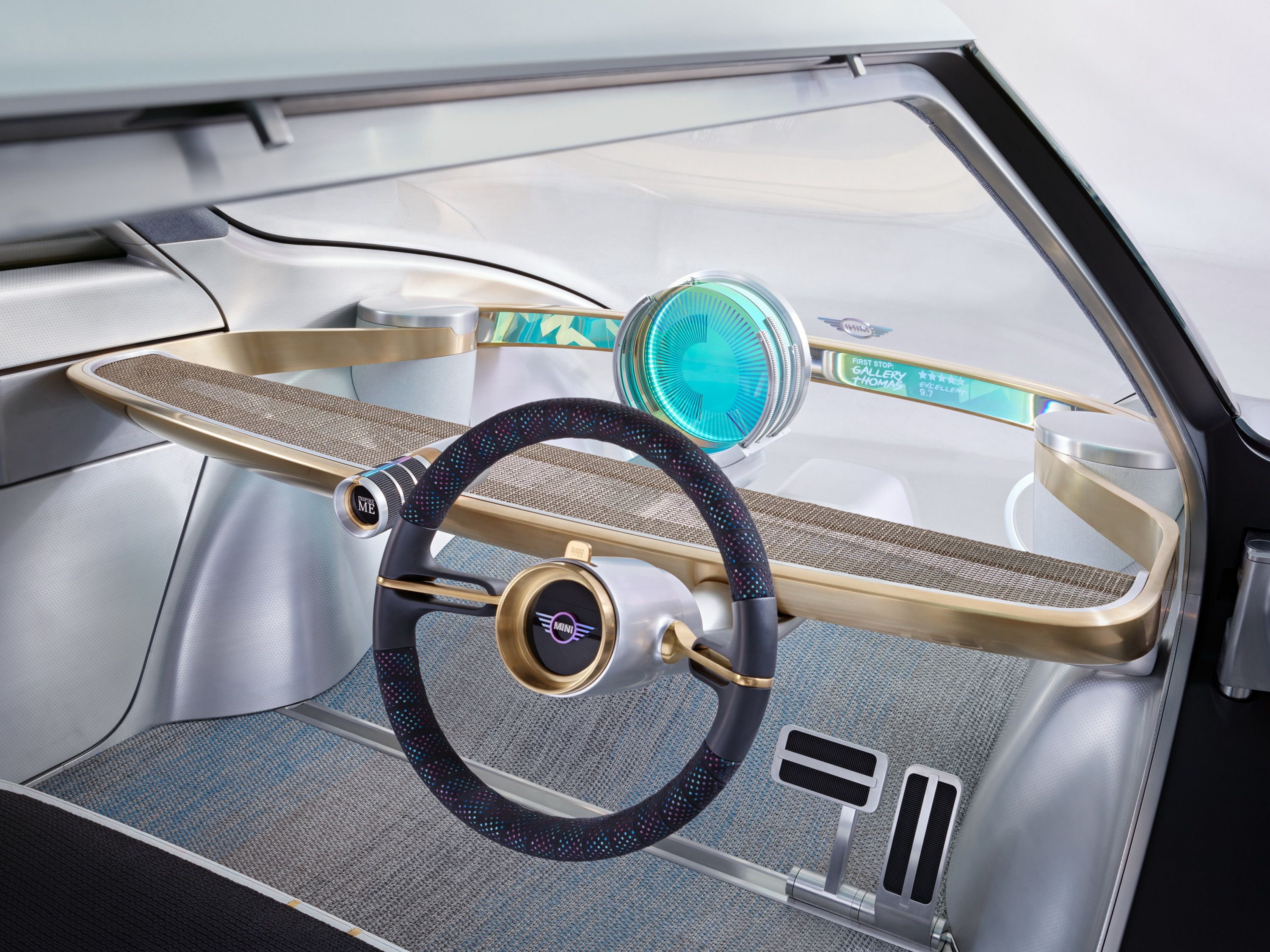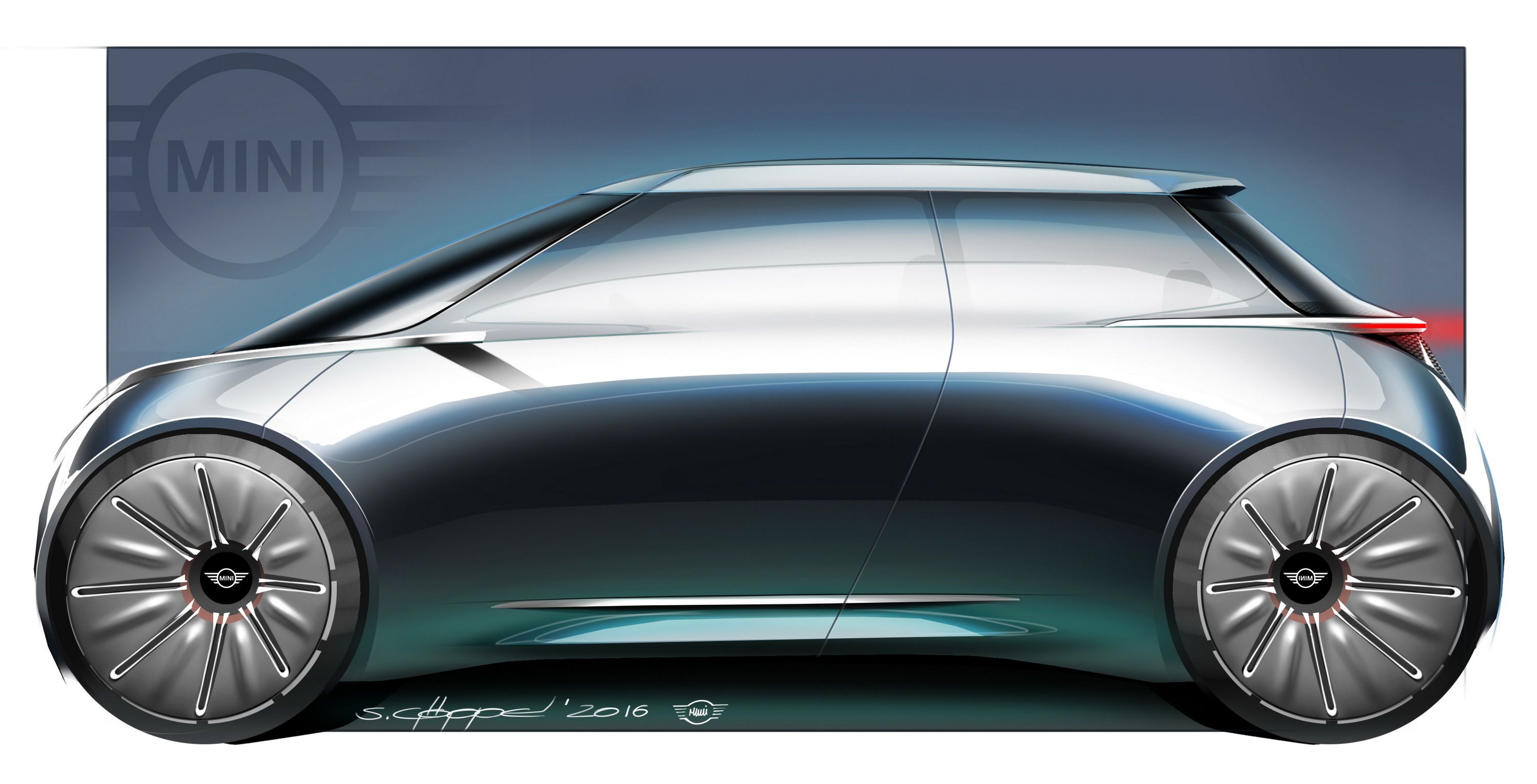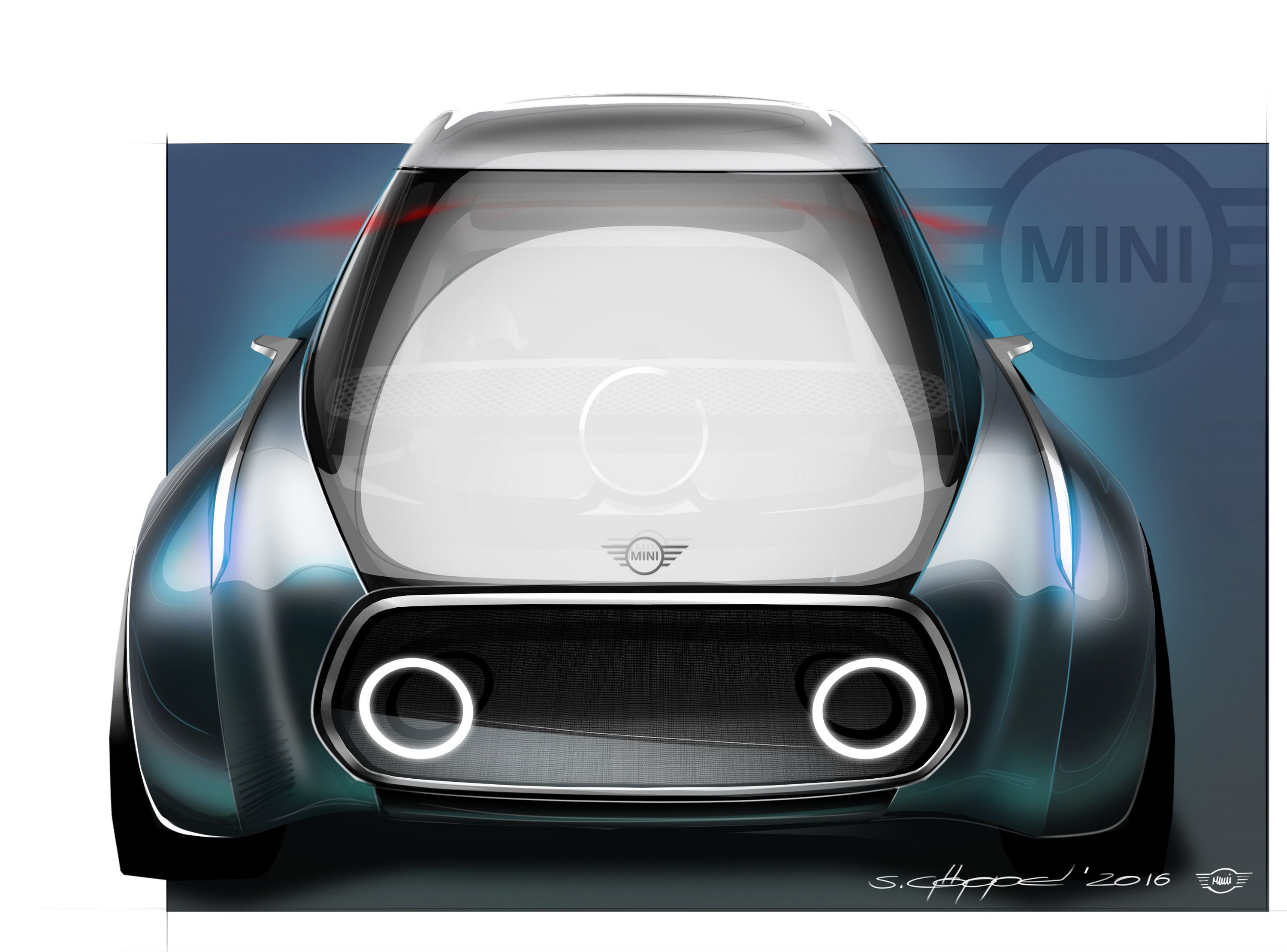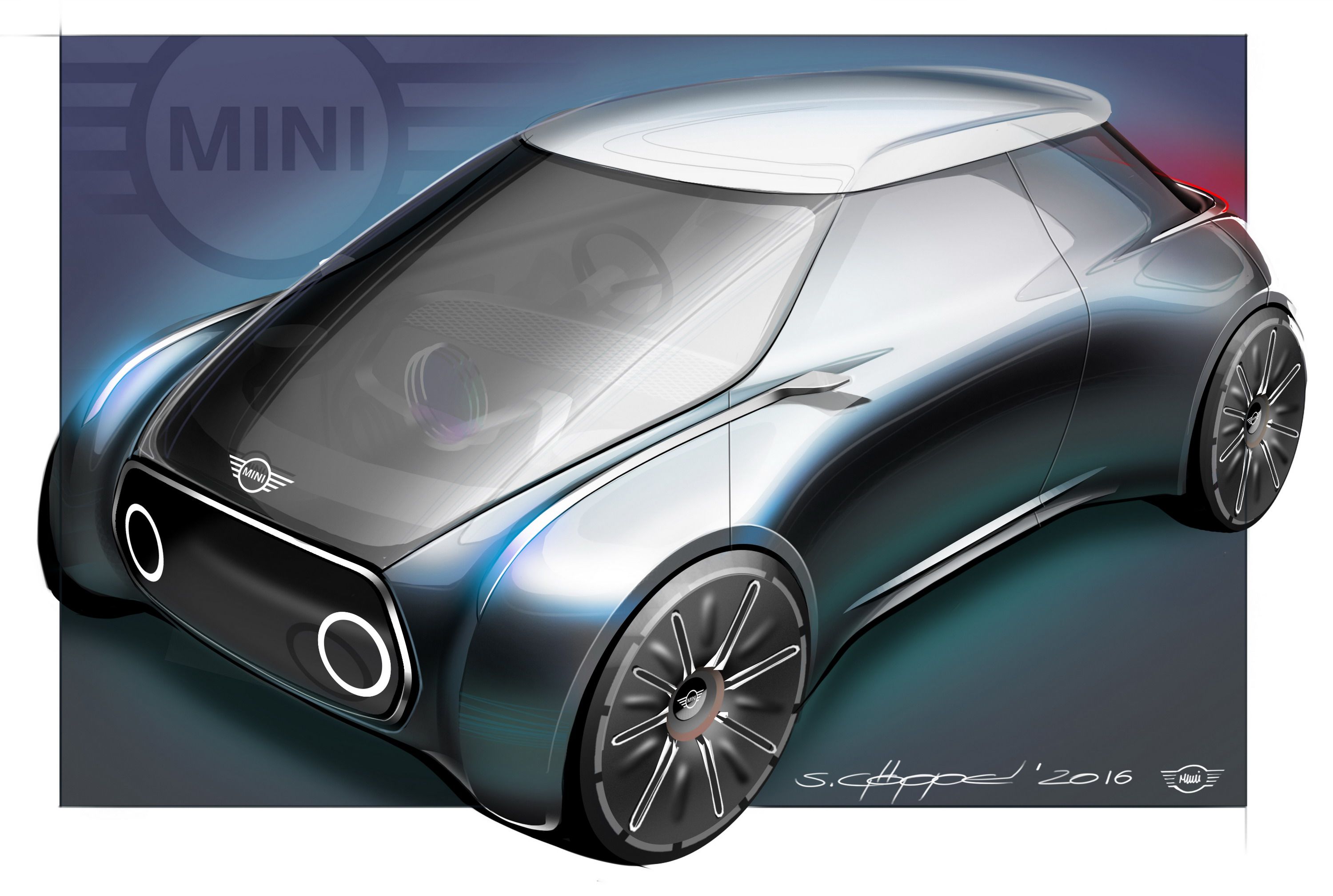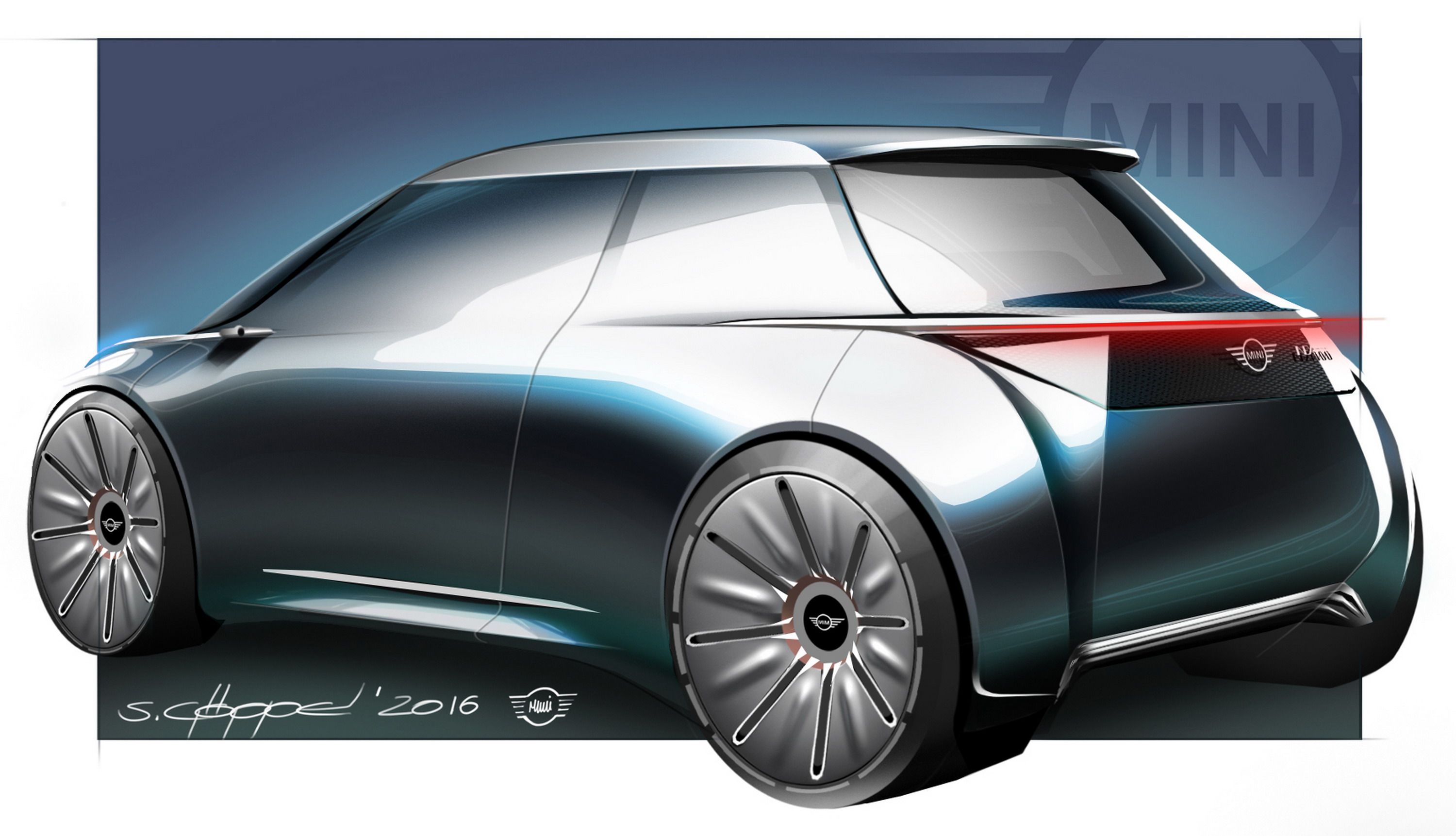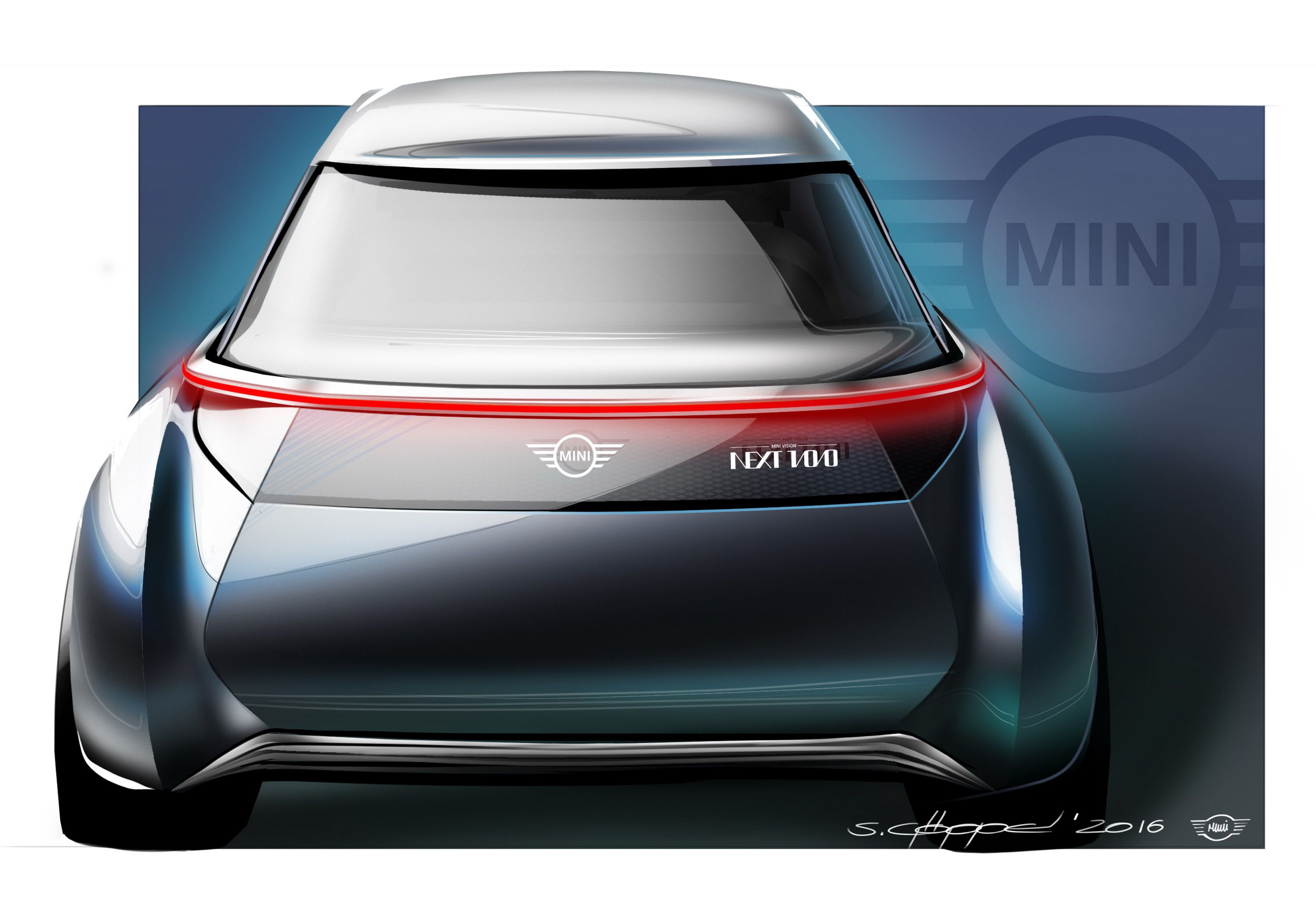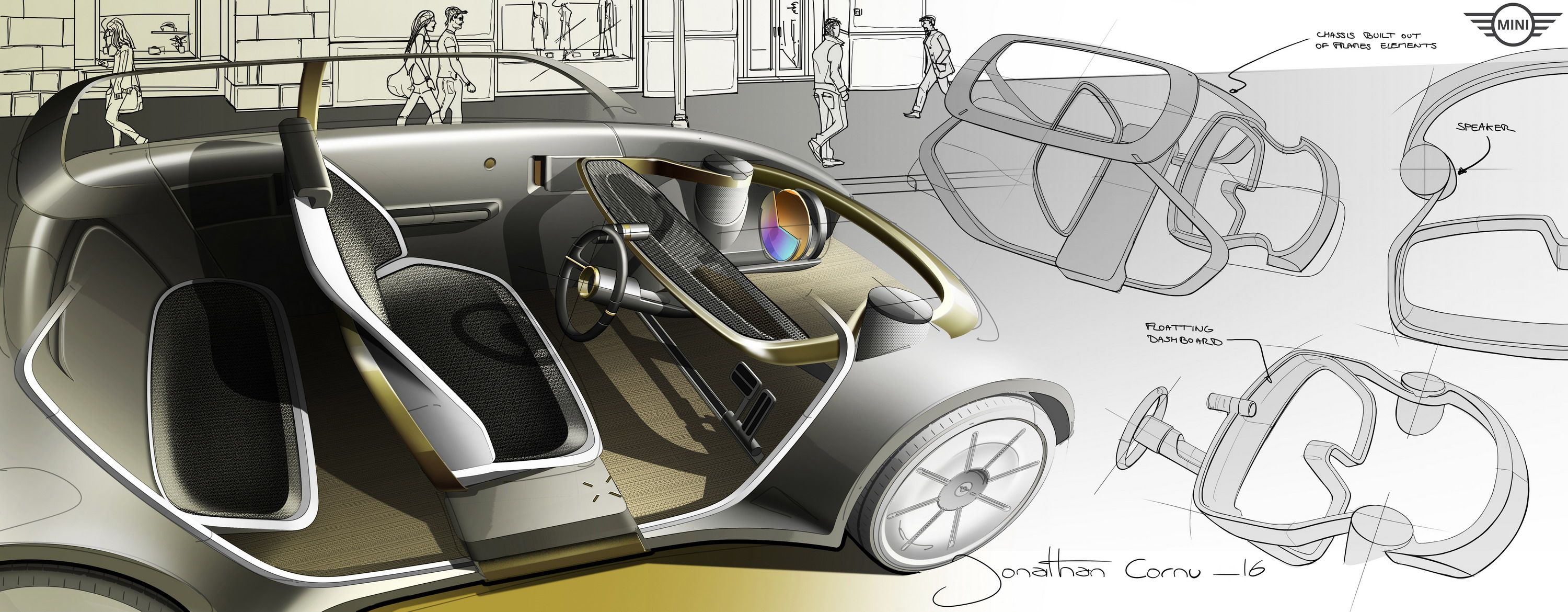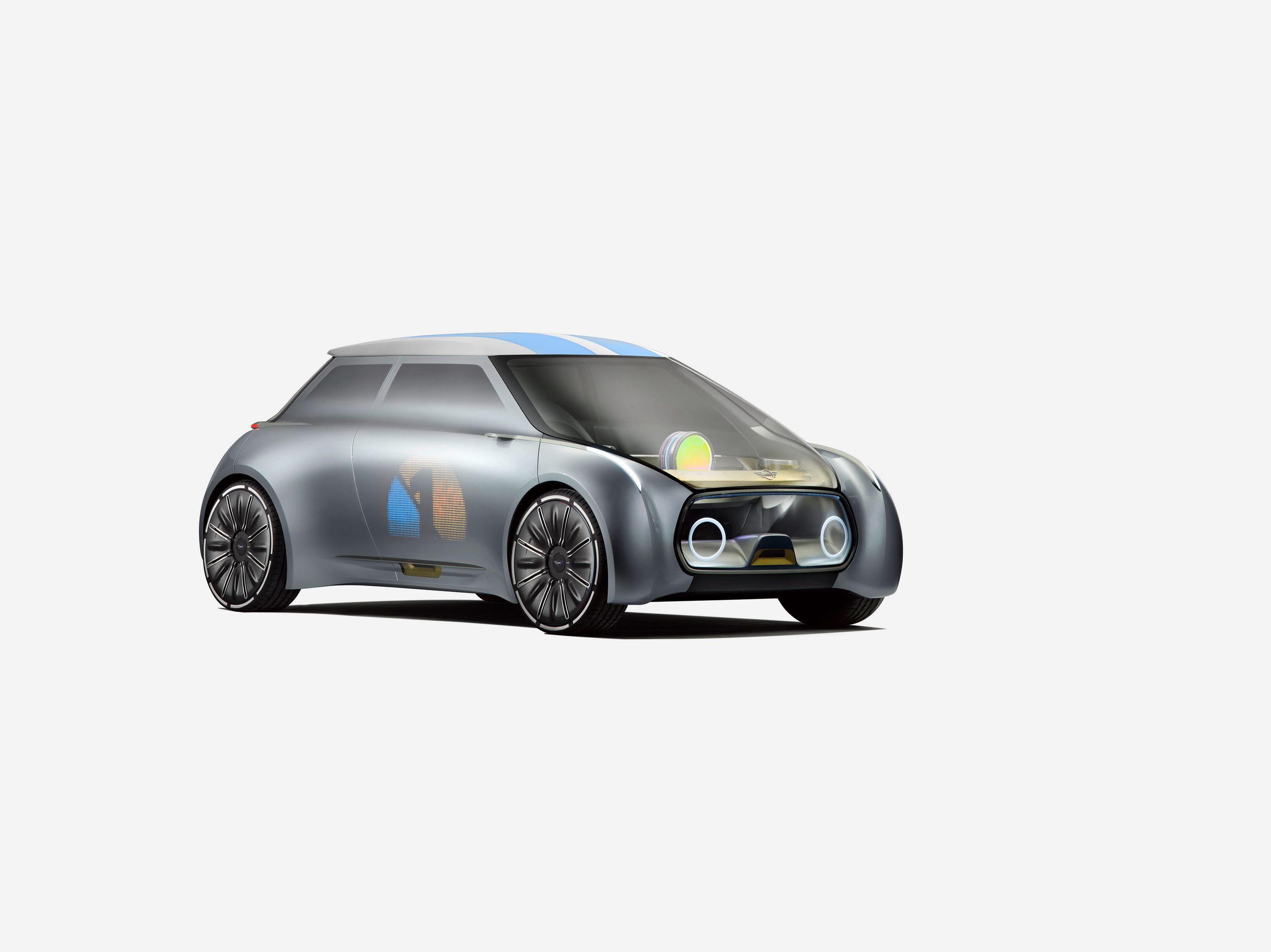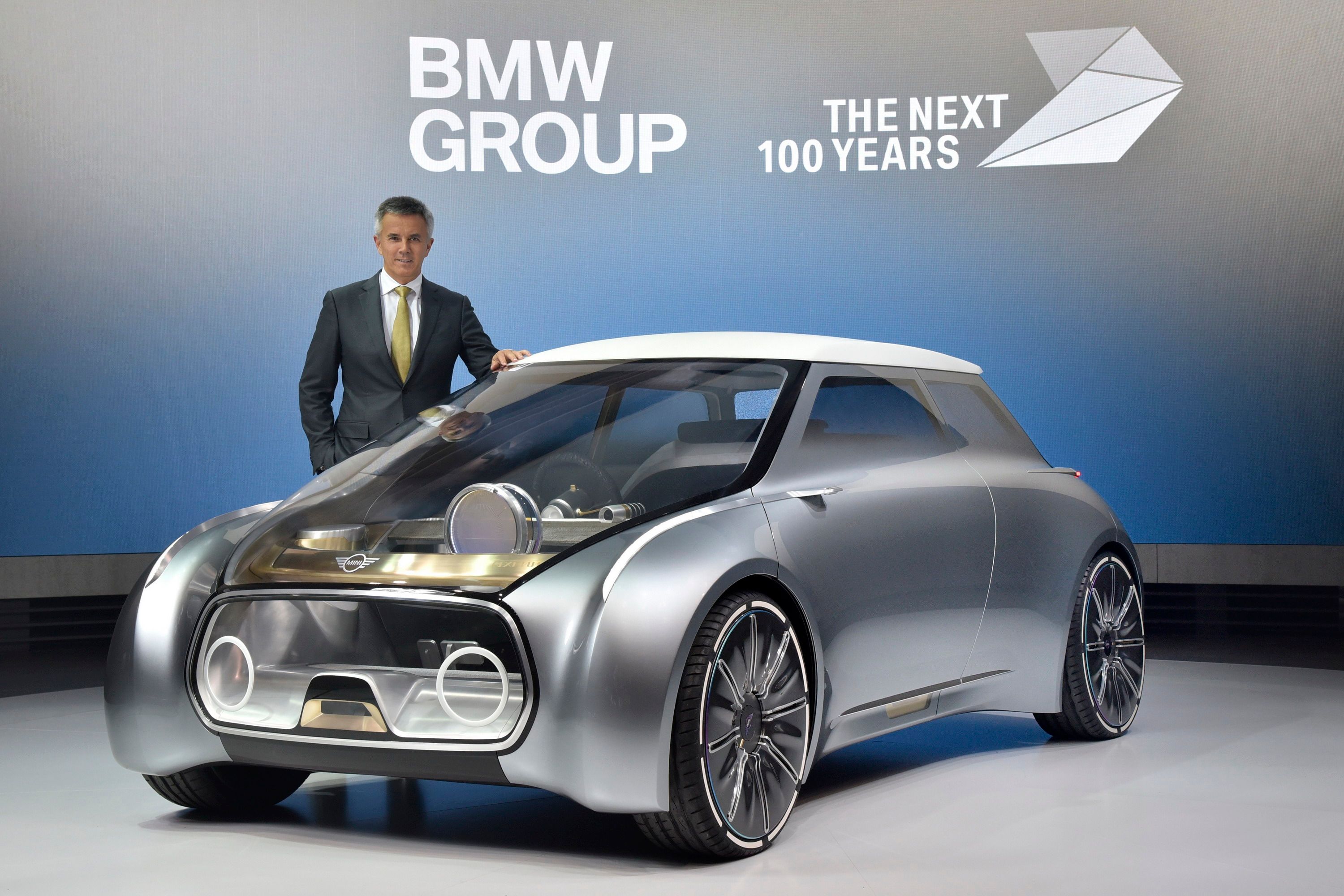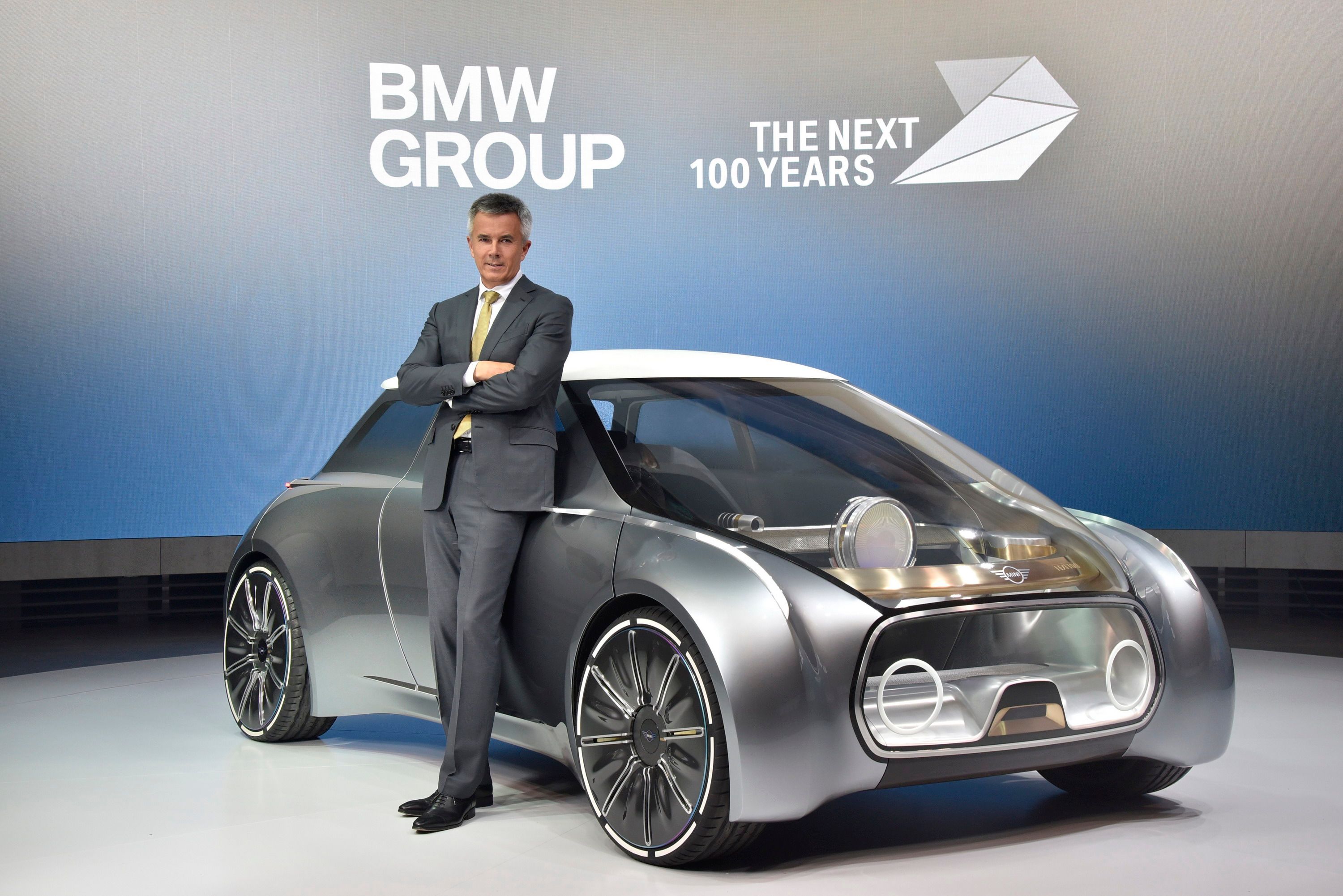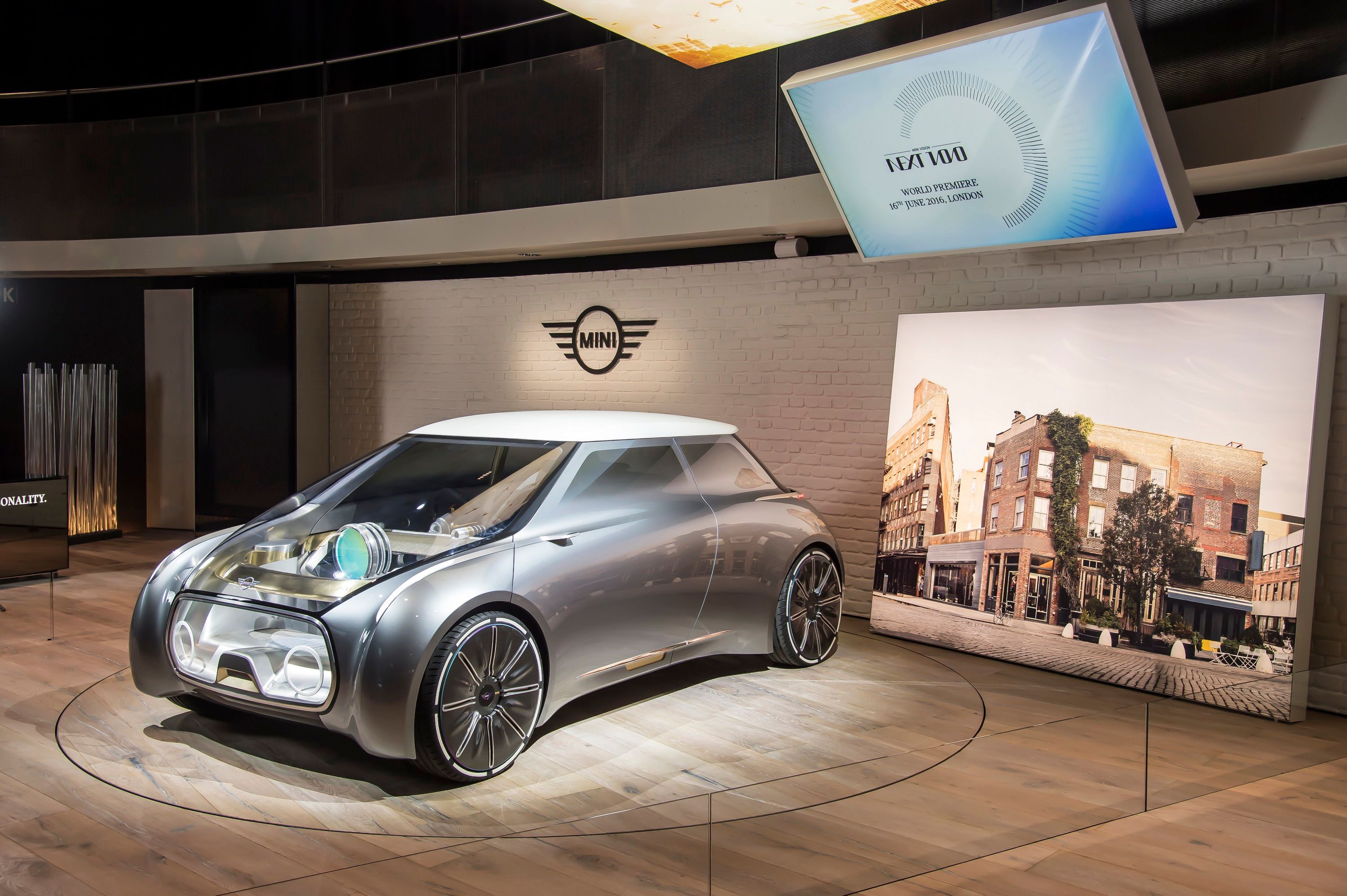Remember the 2016 BMW Vision Next 100 Concept that Bimmer designed to help celebrate its 100th anniversary and show what BMWs will look like in the next 100 years? Well, Mini has jumped on the “Vision Next 100” wagon and announced a futuristic and wild looking concept that shares its vision for the future with things like an overly simple cabin, digital intelligence, and an odd-looking design that, while looking futuristic, also still has some styling cues of the traditional Mini. Furthermore, the concept encompasses something Mini calls “experience sharing,” where you won’t necessarily have to own a Mini to enjoy one.
According to Mini, the core philosophy behind this concept is “the thoughtful use of the planet’s resources in providing personal mobility.” Apparently, Mini believes that – in the future – anybody will be able to call on a Mini that is tailored to their personal style. The Mini of the future will be fully autonomous, available 24/7, and the built-in digital intelligence will allow the car to adapt itself to the “driver’s” personal interests and preferences. Adrian van Hooydonk, the Senior Vice President of BMW Group Design, said, “Mini looks to offer smart and bespoke mobility in cities that engages all the senses. And in the future, you might not actually have to own a vehicle to enjoy the benefits.”
So in the future, you’ll be able to command you household computer to order you the nearest Mini and, while it is on its way, it will adapt itself to any theme of your choosing – maybe the same theme used by a famous actor or writer, or one derived from your best friend's Facebook news feed. It’s an interesting idea, so let’s take a few minutes to check out Mini’s new concept in detail.
Continue reading to learn more about the Mini Vision Next 100.
2016 Mini Vision Next 100
- Make: Array
- Model: 2016 Mini Vision Next 100
- [do not use] Vehicle Model: Array
Exterior
I normally find myself criticizing brands like Mini because of their inability to go with anything close to resembling a new design language, but the fact that I can look at this concept and know it is a Mini is actually amazing and entertaining at the same time. There are subtle cues everywhere that point to current Mini design styling, like the circular LED headlights up front, or the design and shape of the rear quarters. Furthermore, the car has a roof that screams Mini Cooper with a small overhang in the front and rear. On the other hand, the car has a large glass windshield that extends from the roof downward, where it eventually meets the front glass panel that houses the LED headlights. Unless we come up with a way to avoid committing bug genocide every time we drive, Mini's maintenance folks of the future will be using a lot of glass cleaner; that’s for sure.
On the sides, the Mini Vision Next 100 has extremely flared wheel arches and side view cameras instead of mirrors. The doors sit smoothly flush with the rest of the body and appear to slide toward the ends of the vehicle, or can be opened up in a more traditional manner when not parked in a confined space. According to Mini, the doors automatically open themselves as much as possible in confined spaces – a feature that will prevent door dings in overpopulated cities with tight parking spots. Part of the overall personalization of the vehicle involves changing graphics on the doors that are clearly displayed as part of a given theme. The wheels are of an interesting design and are pretty much the opposite of “spinner” wheels that were once popular. The outside plate of the wheels remain stationary while the car is driven, while a brass-colored plate inside actually spins, creating an interesting look as the car drives down the road.
Around back, the concept is actually rather bland. There is a large rear windscreen, but it’s nowhere near as large or extended as the front screen. A bright red LED light strip runs the full width of the rear to function as taillights and brake lights. Down below, it becomes clear that most of the body shell is one piece as the fascia and rear quarters are completely seamless. The muscular rear quarters or dominate on the sides while the center of the rear end is recessed a bit. The concept is obviously designed to be all-electric, as there are no exhaust pipes to speak of or room for the standard internal combustion engine as we know it.
All told, Mini says that the exterior finish is actually a discreet, silver skin that designers refer to as a “blank canvas.” As I mentioned about the door earlier, the exterior canvas will change according to the individual user, their mood, and the situations they encounter. The roof coloration will even change, creating what Mini considers to be “personalized experience.”
Interior
On the inside, there is actually a lot to talk about considering it is truly a simplified interior. Inside the concept, unlike some of the other recent futuristic concepts, has a steering wheel and a couple pedals. In the Mini Vision Next 100, the wheel and pedals can slide from one side to the other and can be used to drive the vehicle, should the “driver” wish to do so. The dashboard is really nothing more than a golden screen that is supported by a large golden frame that is connected to the front strut towers. Ahead of the steering wheel is a large circular screen that is a futuristic representation of Mini’s current instrument cluster. It is also the focal centerpiece for the digital intelligence system that will make Mini stand out among the other manufacturers. Further forward, you’ll find a thin display screen that will likely display information about current location, audio, or even a photo gallery for passengers to enjoy.
Mini hasn’t provided any detailed images of the interior in the rear, but in one of the sketches included with the press release, it looks like the rear is extremely simple with nothing more than a bench seat, and perhaps some technology, but I’m only speculating on the latter. All told, the major important part of the interior is the aforementioned circular display ahead of the steering wheel. Mini is calling this the “Cooperizer” and it is what will form the bond between the driver and the car. A rotary control can be used to alter the car's overall ambiance and the driving mode. The system will also check user data and select information of interest to inspire the driver and passengers. It can even recommend challenging driving routes and switch the car into John Cooper Works performance mode.
Drivetrain
Mini has said surprisingly little about the Vision Next 100’s drivetrain or how it is propelled. Based on the current images, I would have to say that the concept isn’t exactly functional at this time. Logic dictates that the car will be all electric, as Mini has mentioned that its autonomous capabilities will allow it to take off when not in use and locate its own charging station. Based on the overall design, I would have to suggest that the concept is rear-wheel drive, as there is definitely no room up front for an electric motor. Furthermore, the battery pack would also have to be stored in the rear – or, maybe the whole body shell is a battery pack. That would be an interesting idea, right?
All told, the car will be autonomous with the capability of being driven in manual mode. Considering Mini has mentioned the car switching into John Cooper Works performance mode, I would expect the Mini of the future to have a pretty powerful electric motor and battery storage large enough to bring a range of at least several hundred miles.
Conclusion
When I first heard that Mini was announcing a Vision Next 100 concept, I was afraid I was going to open up some images and see today’s Mini Cooper with some funky paint finish and a wild, futuristic cabin. While the concept is pretty wild, it actually has just the right amount of current Mini DNA. Apparently, the engineers over at Mini do have imagination and, based on what they did with this concept, I think the powers that be over at Mini need to let them express their talent and bring some new design to the current Mini lineup. I don’t want to wait 100 years to start seeing a generation of Minis that don’t look like the previous generation. I like the idea of ride sharing and on-the-fly personalization, but I don’t think it is realistic in the world as it is now. Sadly, I don’t think 100 years will make that any different. People don’t respect their own vehicles that they have paid for, so there’s no guarantee that people would respect a fleet of shared Mini’s either. It’s a good thought, but not one I think the world is ready for.

